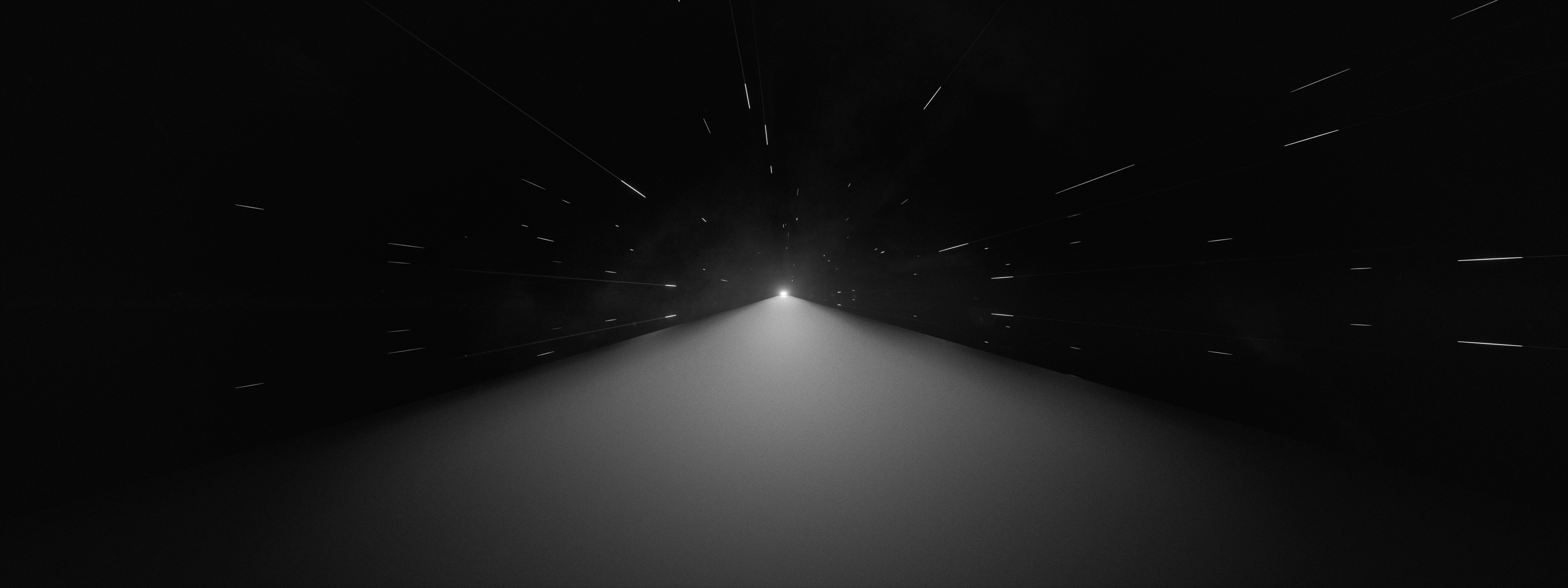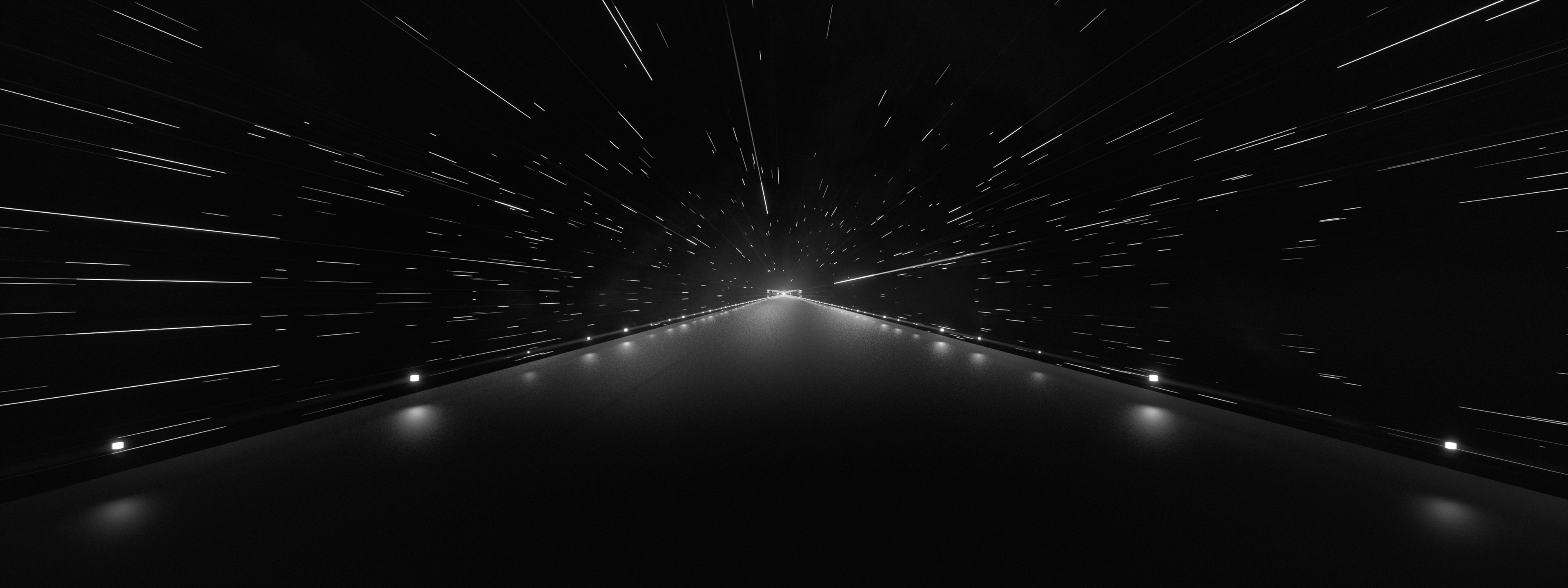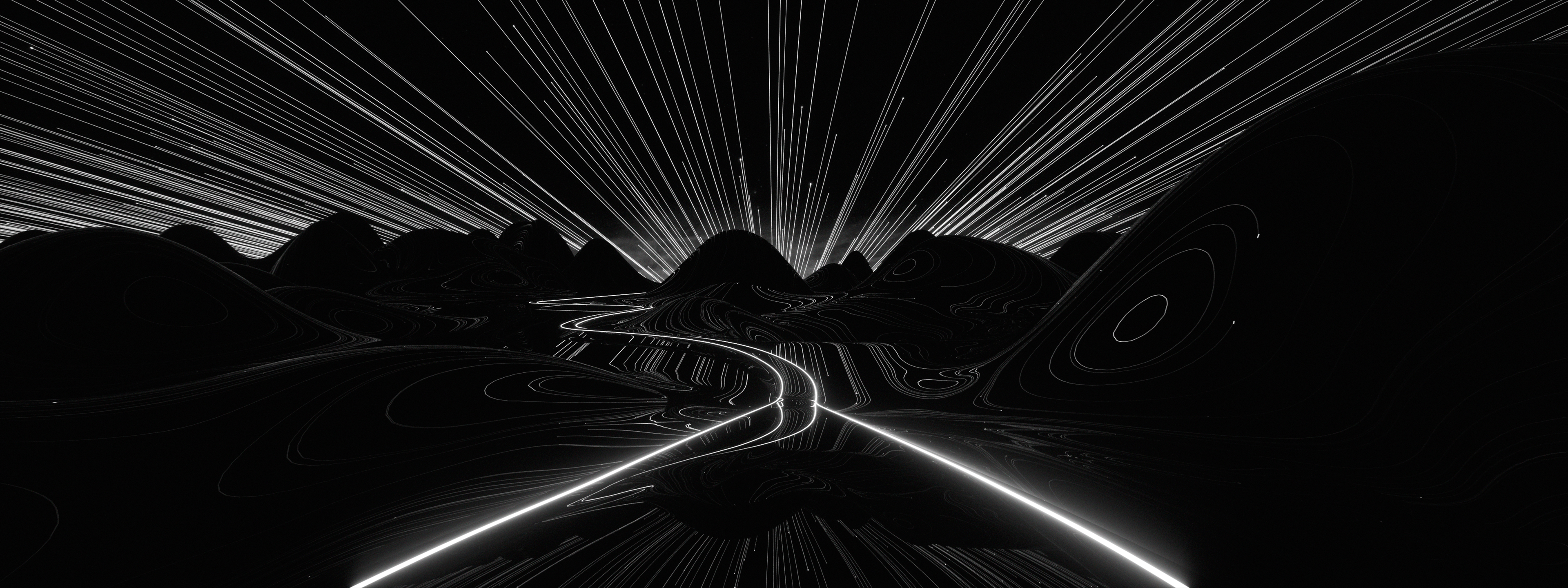Acura Mood Roads
February 2017 ––The fine peoples at Mullen Lowe brought Munkowitz and the Tools of North America on board to create a mind-bending interactive driving experience at The 2017 Sundance Film Festival. The experience was powered in part by the user’s brainwaves and biometrics to provide a unique drive for every participant in the Acura pavilion. Once the user had been hard-wired and strapped in, with fourteen electrodes attached to their head using an EMOTIV headset, the user entered the giant Motion Sphere where they find an accurate facsimile of the NSX cockpit.
Immediately upon embarking on the experience, they found themselves traversing time and space, traveling along an ever-evolving Z axis. Even though they were briefed prior to their ride, they would only truly understand the connection between their brainwave biometrics and their ride when they’re underway. In a perfect feedback loop, this visual gratification sparked more EEG output and brought the Motion Sphere to life, vibrating and then ratcheting upwards and backwards, which is a motion simulator’s way of simulating rapid forward thrust.
At the same time, what may have been heard as the growling of a car starting to haul ass became an intense electronic ambient soundscape, synchronized to the fleeting objects traveling through the dynamic terrain. The user’s surprise at experiencing these sensations of movement and sound feeds back into the system, which in turn adds definition to the evolving road scape and melodic detail to the ambient score.
Each profound reaction initiates a passage through a portal to another dimension, not unlike graduating through a series of game levels. As a result, because each ride is based on user inputs, every experience was uniquely personal - two identical twins could walk in and have entirely different experiences inside the motion sphere. However, one thing remained consistent from ride to ride: It was a deeply immersive experience controlled by each user’s state of mind; deep diving into the subconsciously reactive emotional affect, the resulting visual ride was intended to feel like a dream; subconscious, nuanced and unique. Because no two dreams are ever alike.
Immediately upon embarking on the experience, they found themselves traversing time and space, traveling along an ever-evolving Z axis. Even though they were briefed prior to their ride, they would only truly understand the connection between their brainwave biometrics and their ride when they’re underway. In a perfect feedback loop, this visual gratification sparked more EEG output and brought the Motion Sphere to life, vibrating and then ratcheting upwards and backwards, which is a motion simulator’s way of simulating rapid forward thrust.
At the same time, what may have been heard as the growling of a car starting to haul ass became an intense electronic ambient soundscape, synchronized to the fleeting objects traveling through the dynamic terrain. The user’s surprise at experiencing these sensations of movement and sound feeds back into the system, which in turn adds definition to the evolving road scape and melodic detail to the ambient score.
Each profound reaction initiates a passage through a portal to another dimension, not unlike graduating through a series of game levels. As a result, because each ride is based on user inputs, every experience was uniquely personal - two identical twins could walk in and have entirely different experiences inside the motion sphere. However, one thing remained consistent from ride to ride: It was a deeply immersive experience controlled by each user’s state of mind; deep diving into the subconsciously reactive emotional affect, the resulting visual ride was intended to feel like a dream; subconscious, nuanced and unique. Because no two dreams are ever alike.
The Experience
–– 01Design Direction
–– 02The Mood Roads were plotted out in advance, somewhat like designing a rally course or a cool Hot Wheels layout. Once plotted, these roadscapes were malleable to allow for the different articulations dependent upon the user’s EMOTIV output. Interactive vector-mapped contours grew or flattened hills, or straightened or tightened curves, dynamic colors capes reflecting the user’s current mood and participation level.
One constant were the passages through tunnel-like structures to connect the levels. These bold, futuristic, and shape-shifting volumes called ‘Mirror Portals’ were dynamic and all-encompassing, designed to provoke even a greater reaction in the user and transport them from the levels with a continuity in its mirrored design. Some scenes had tactile surfaces punctuated with illuminated verticals, almost like highway lights, composed of large bands of light. All the scenes had dynamic skies - the passage of time being represented as time-lapse from sunrise to sunset, the majority of the driving time captured in beautiful golden-hour lighting to ante up the artistry in each level.
In terms of trajectory, some later level mood roads performed radical, gravity defying changes in direction like the crazy Rubik’s Cube landscapes of Christopher Nolan’s ‘Inception.’ The team thought the more stimulating the driving experience, the more rich and immersive the feedback from the Biometric data would become. However, one constant throughout was the sense of remaining grounded, rather than flying. The Motion Sphere was key here, following all six axes; twisting, turning and vibrating, always maintaining the sensation of being in a road-hugging NSX as opposed to some hot little star fighter.
Another constant in the design direction was allowing the users to always be aware of the road ahead. This ability to anticipate an upcoming curve or hill or radical change of direction was a key contributor to the virtuous cycle of our feedback loop: the user anticipates a change in direction prompting his or her heartbeat to increase, which accelerates the ride’s motion which stimulates the brain which intensifies the streaming light patterns flying by.
One constant were the passages through tunnel-like structures to connect the levels. These bold, futuristic, and shape-shifting volumes called ‘Mirror Portals’ were dynamic and all-encompassing, designed to provoke even a greater reaction in the user and transport them from the levels with a continuity in its mirrored design. Some scenes had tactile surfaces punctuated with illuminated verticals, almost like highway lights, composed of large bands of light. All the scenes had dynamic skies - the passage of time being represented as time-lapse from sunrise to sunset, the majority of the driving time captured in beautiful golden-hour lighting to ante up the artistry in each level.
In terms of trajectory, some later level mood roads performed radical, gravity defying changes in direction like the crazy Rubik’s Cube landscapes of Christopher Nolan’s ‘Inception.’ The team thought the more stimulating the driving experience, the more rich and immersive the feedback from the Biometric data would become. However, one constant throughout was the sense of remaining grounded, rather than flying. The Motion Sphere was key here, following all six axes; twisting, turning and vibrating, always maintaining the sensation of being in a road-hugging NSX as opposed to some hot little star fighter.
Another constant in the design direction was allowing the users to always be aware of the road ahead. This ability to anticipate an upcoming curve or hill or radical change of direction was a key contributor to the virtuous cycle of our feedback loop: the user anticipates a change in direction prompting his or her heartbeat to increase, which accelerates the ride’s motion which stimulates the brain which intensifies the streaming light patterns flying by.
–– 02
–– Designed by Peter Clark

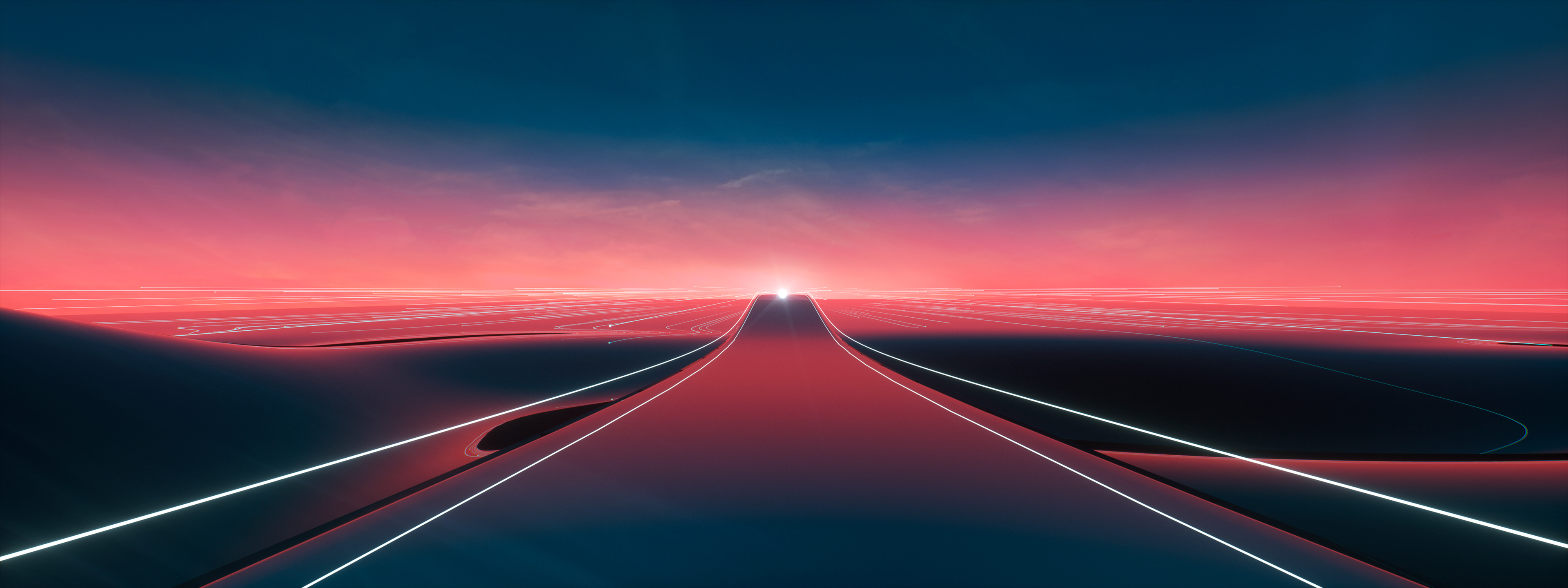
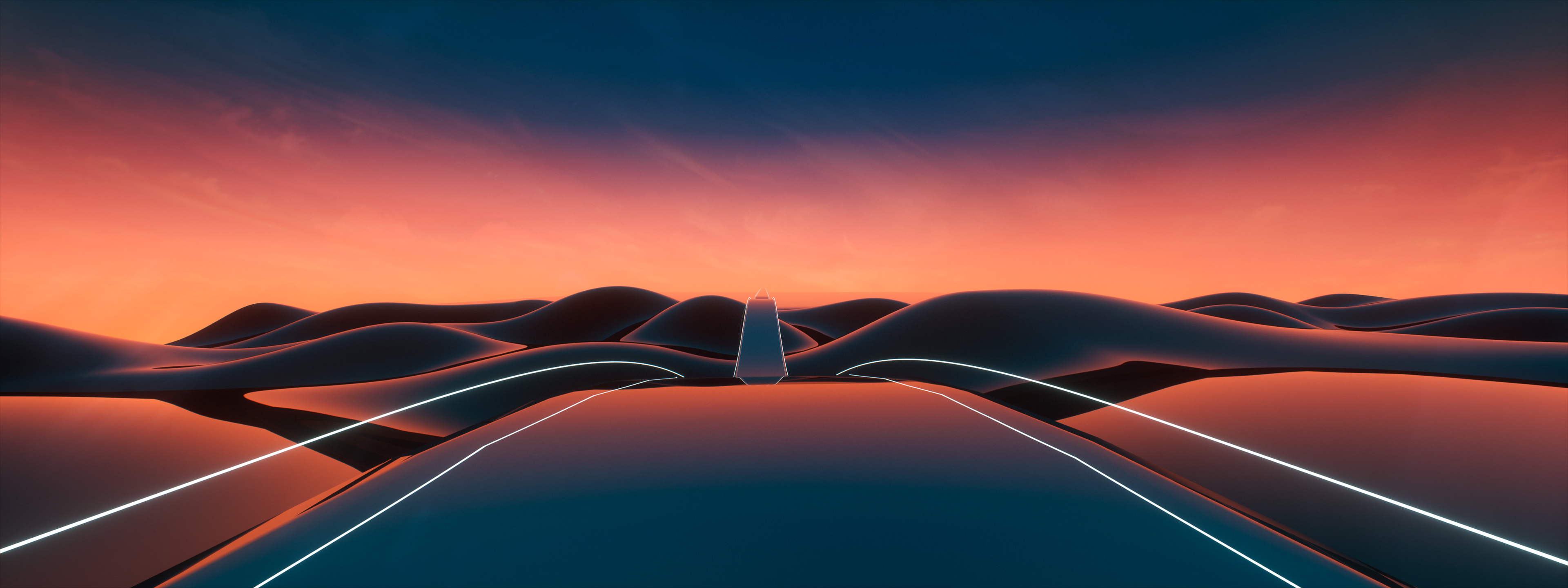
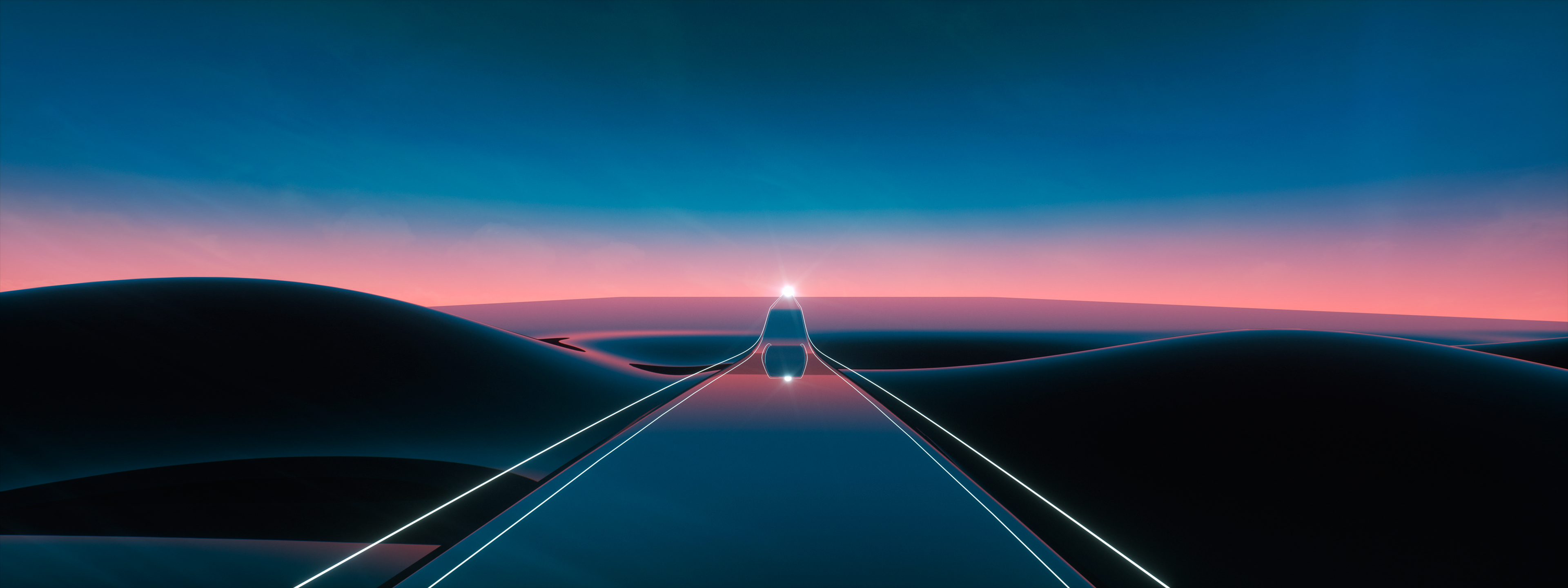
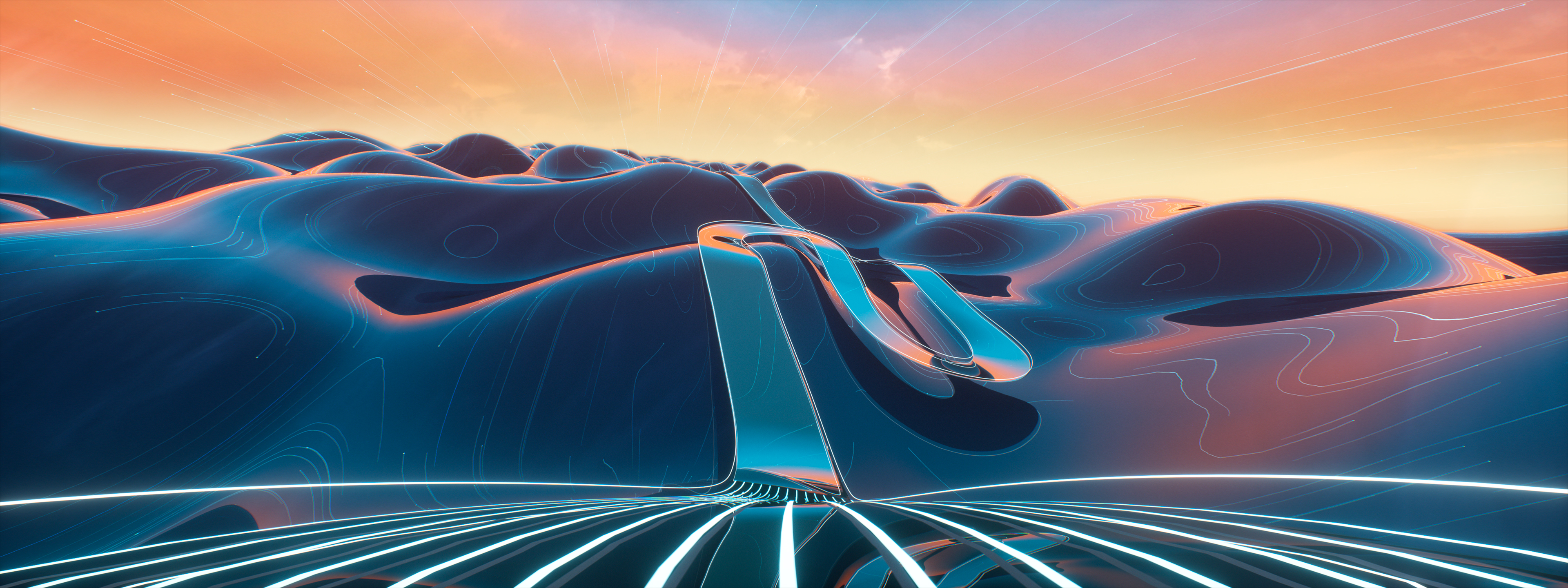
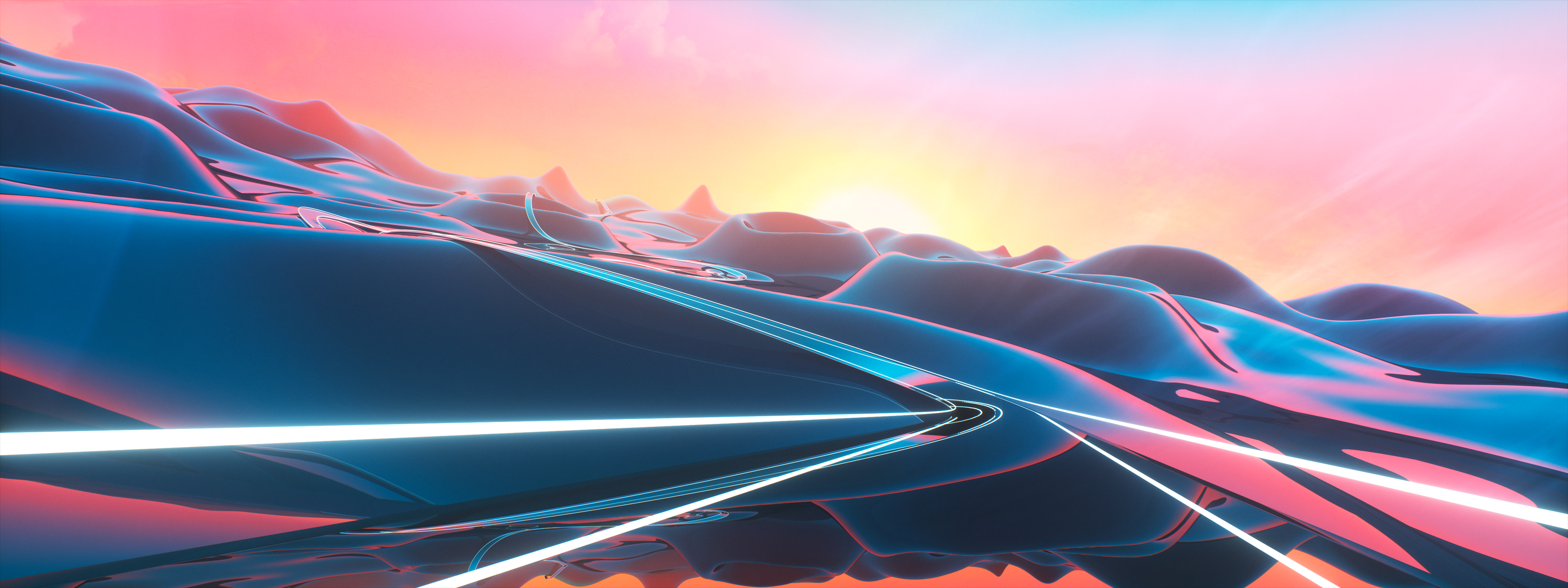
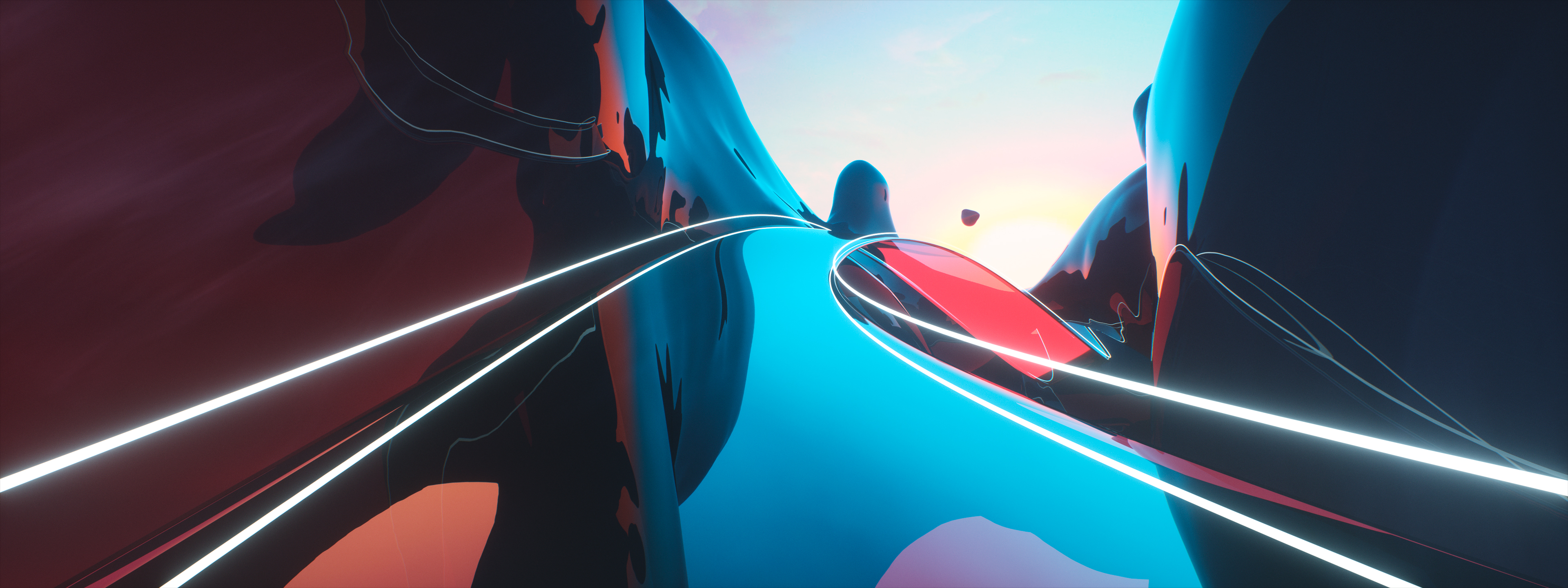
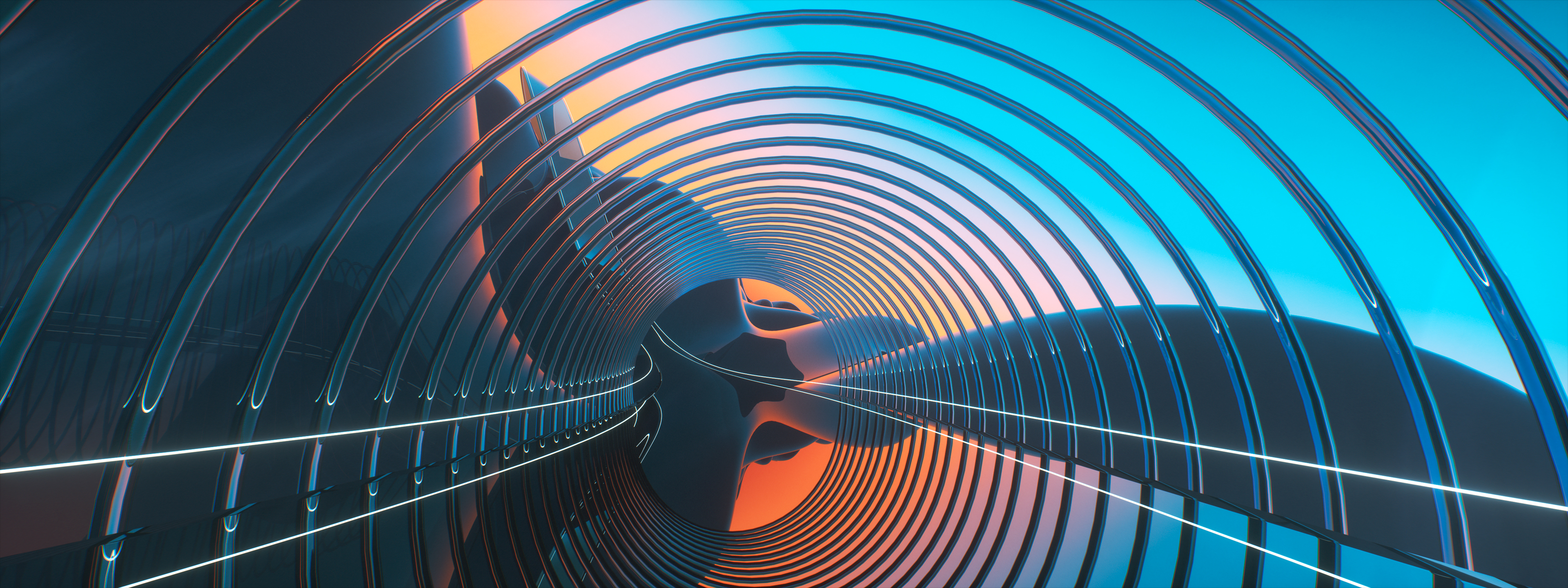
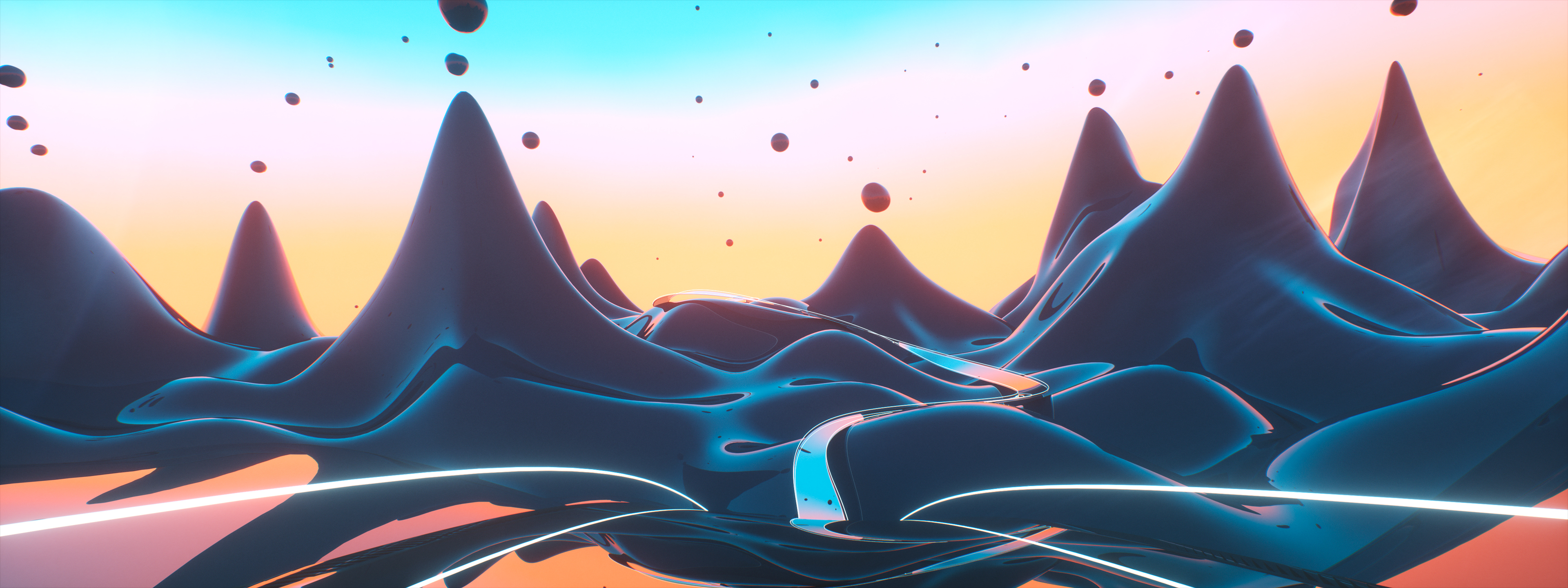
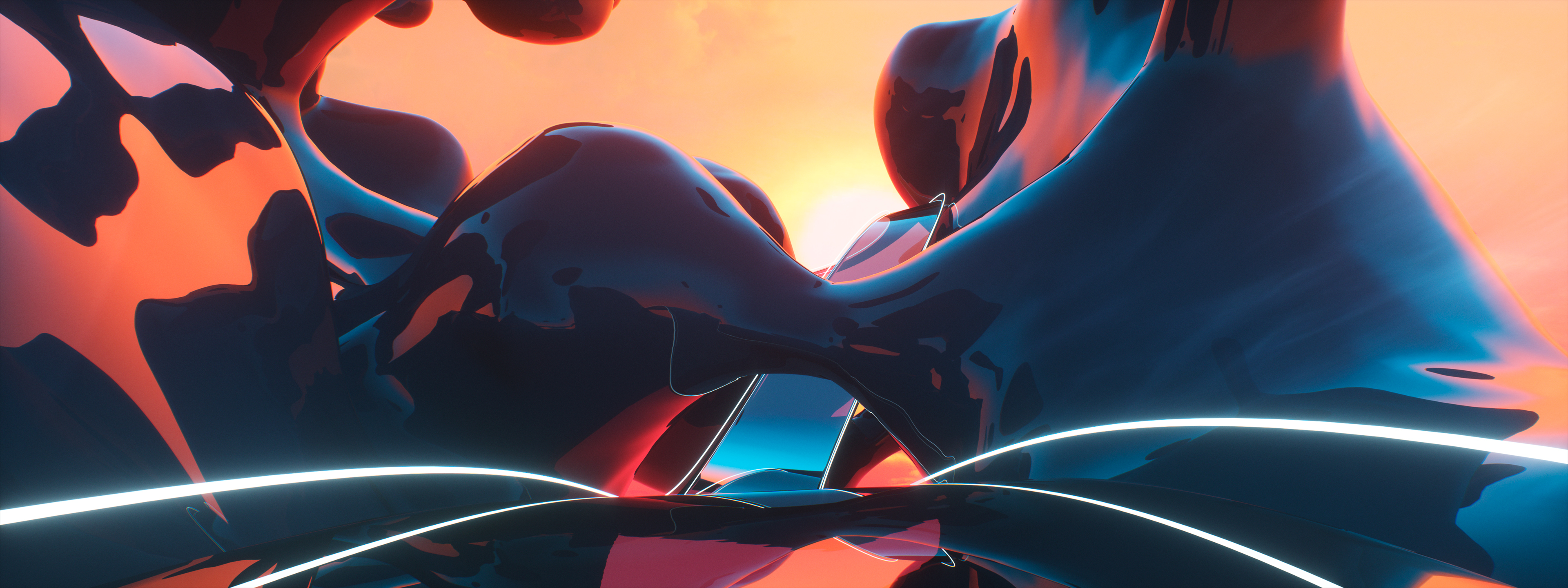
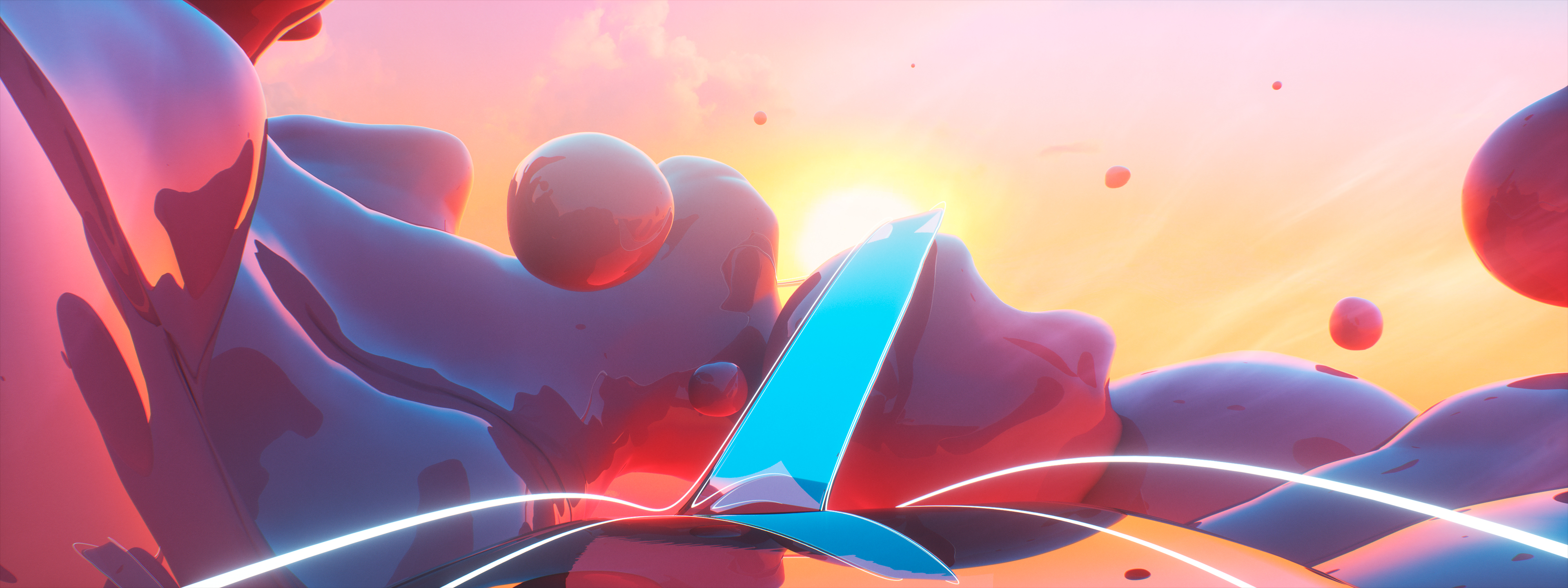
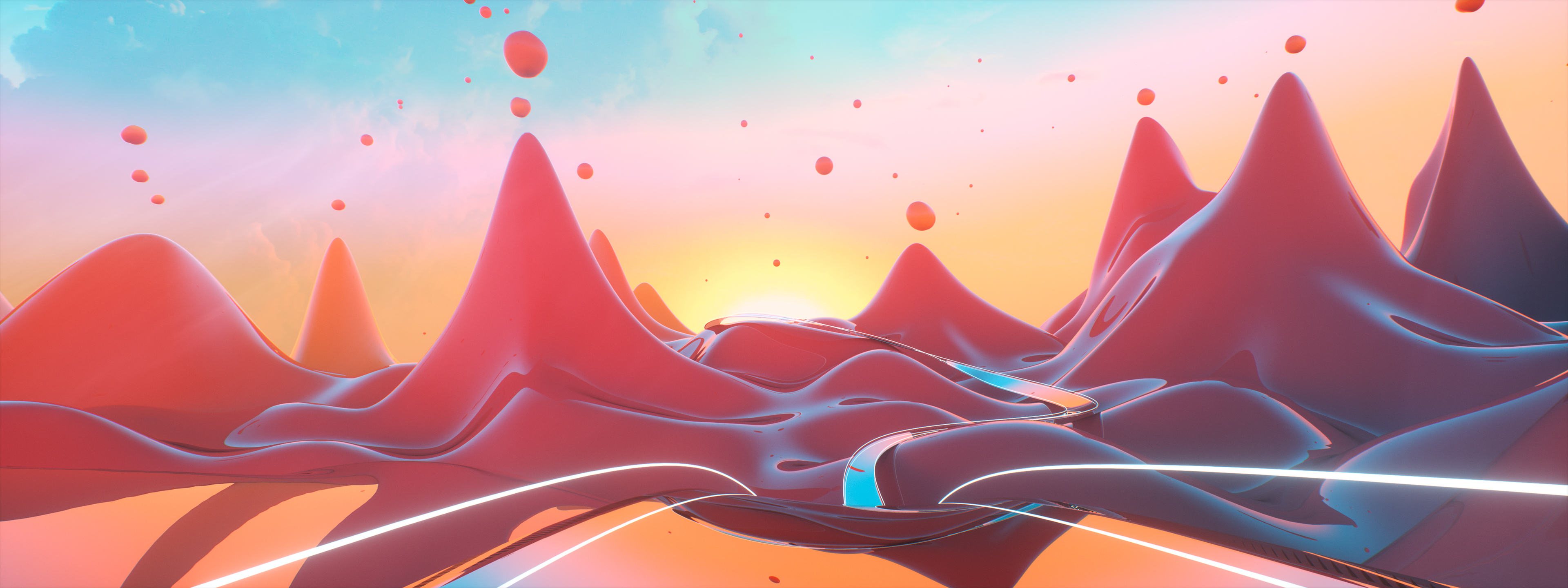
–– Designed by Christopher Bjerre

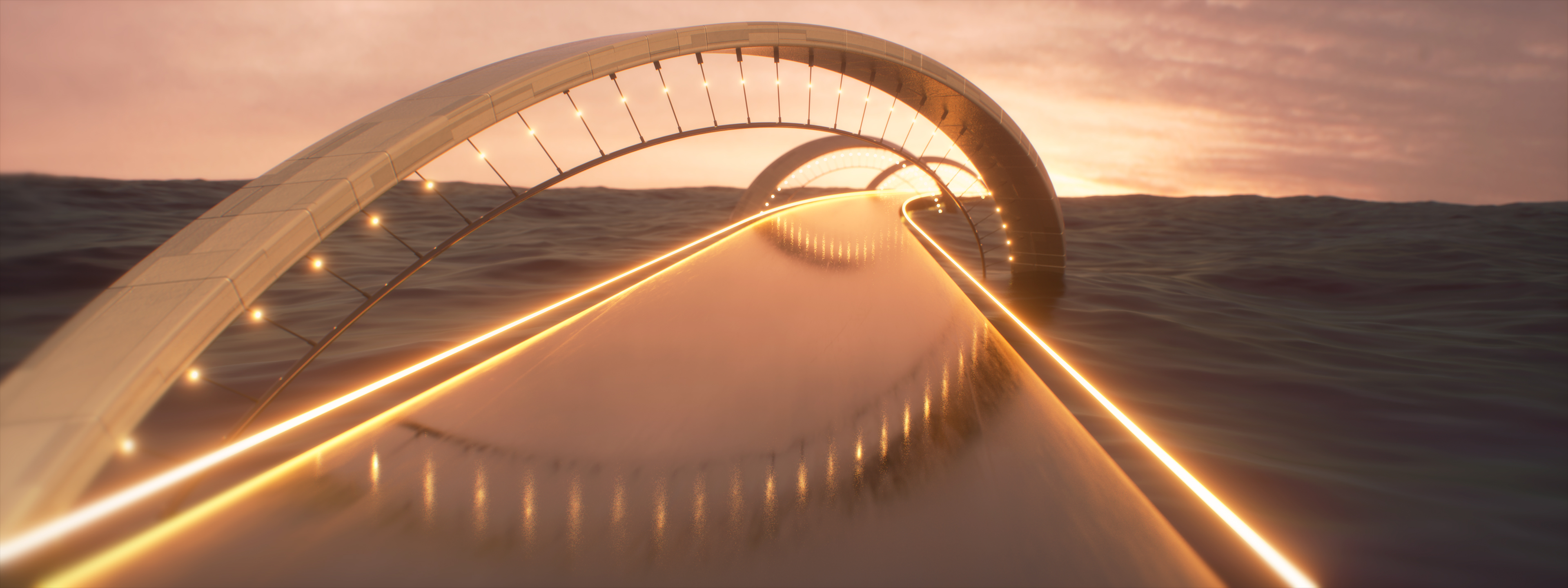

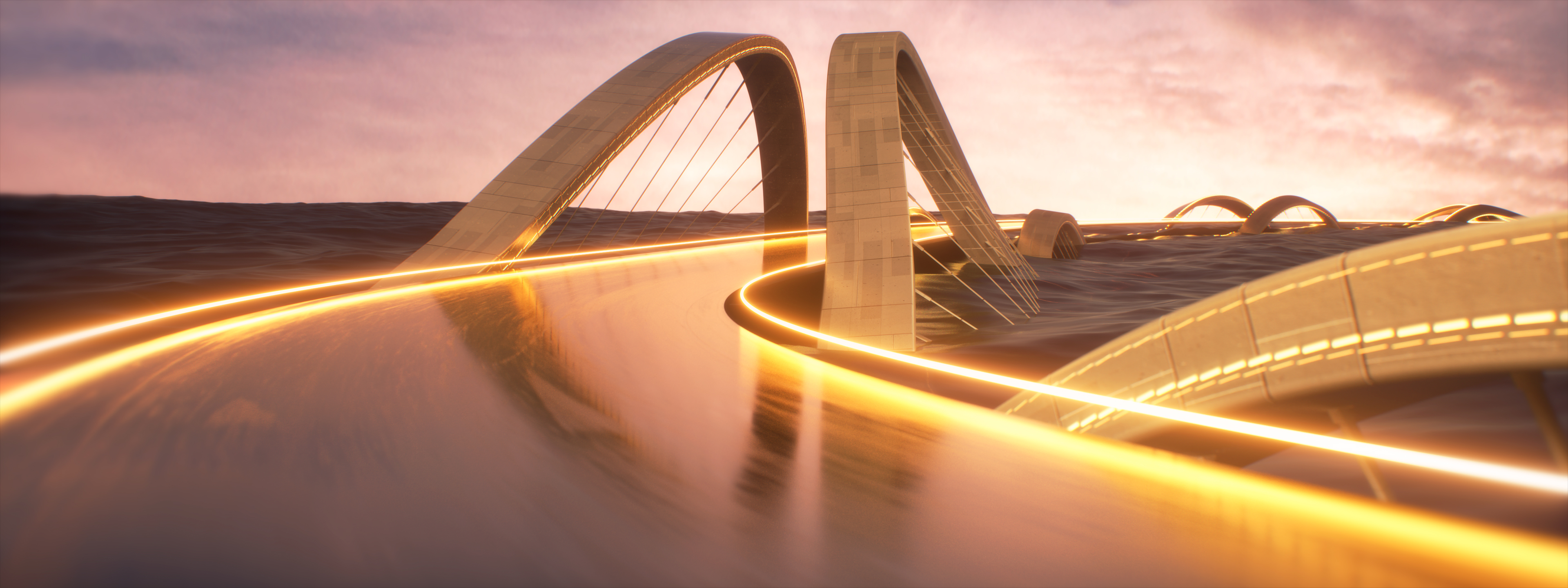

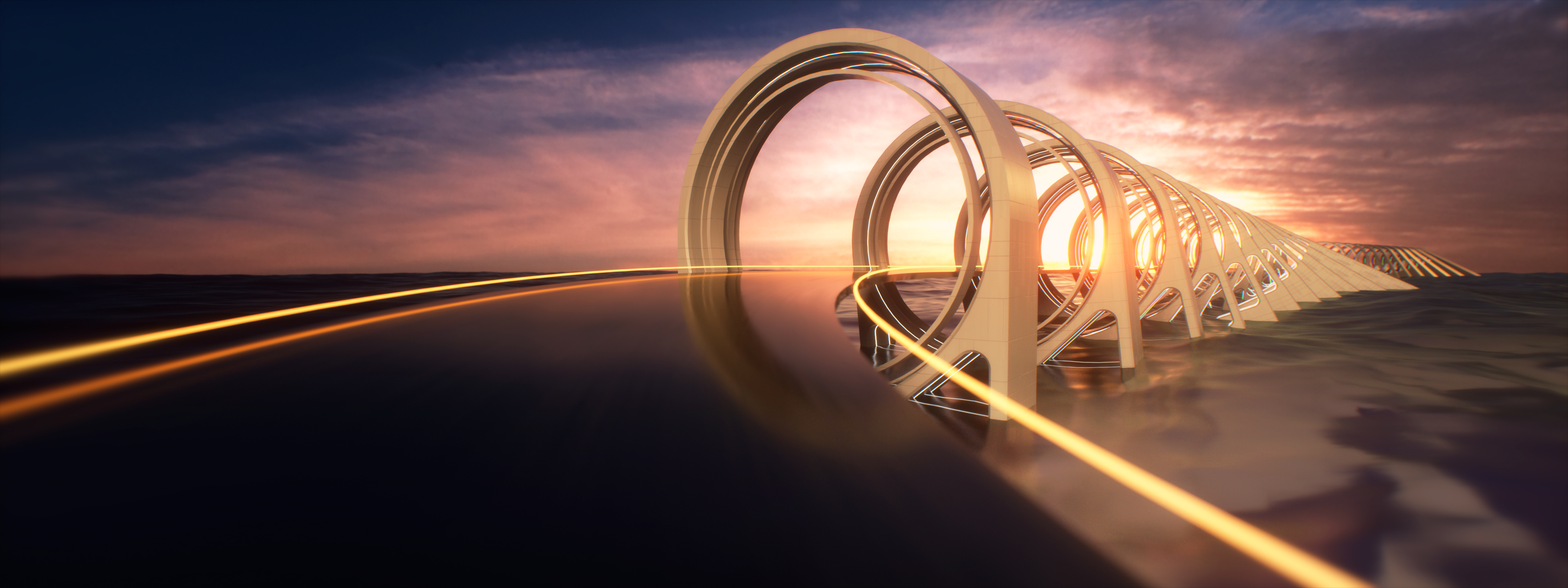
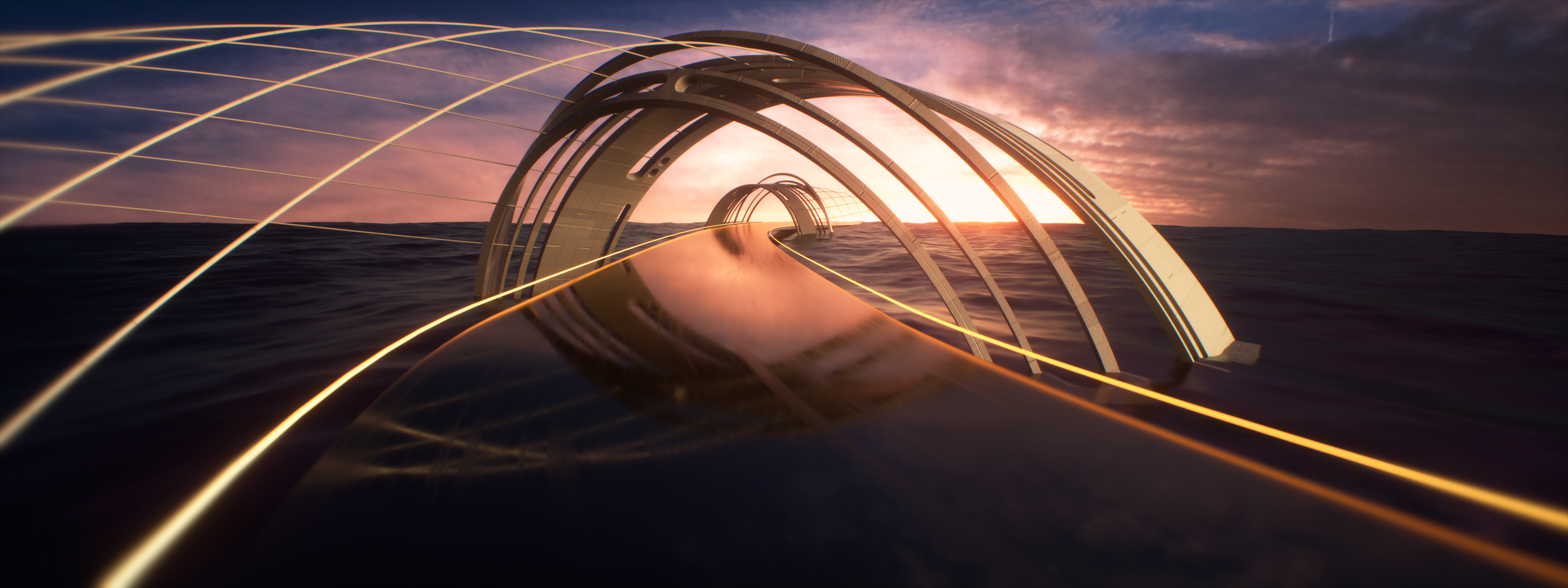
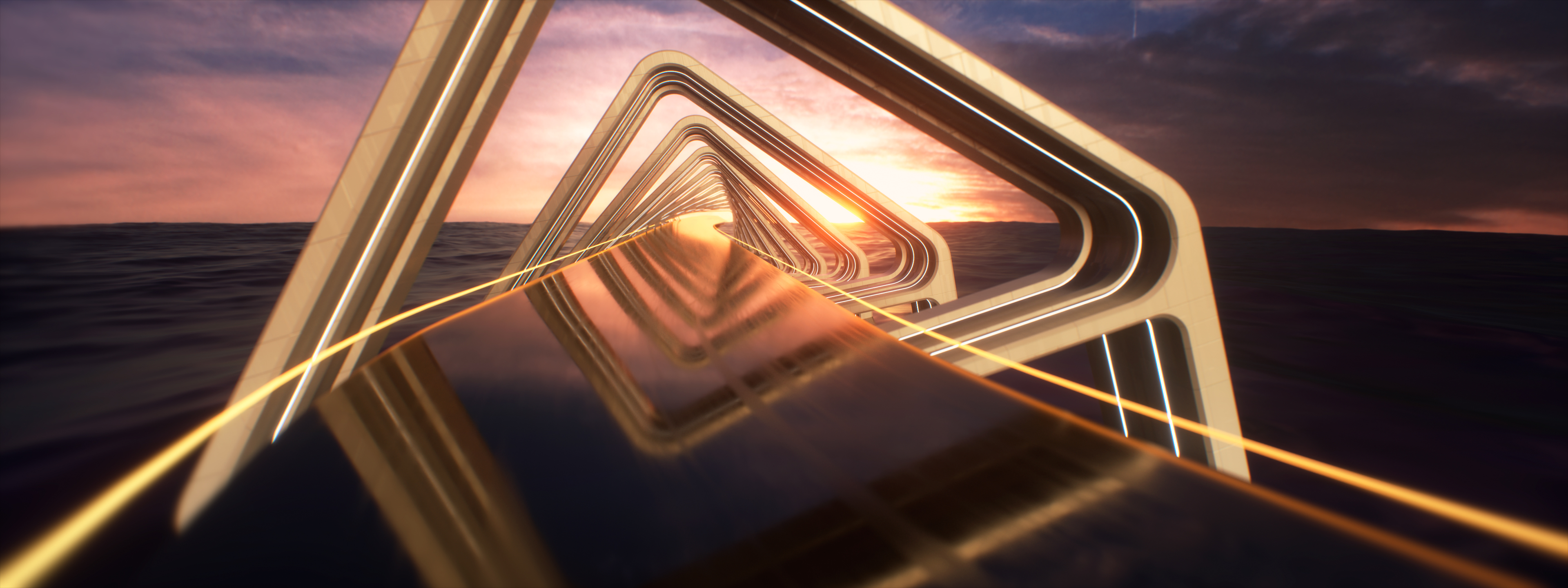
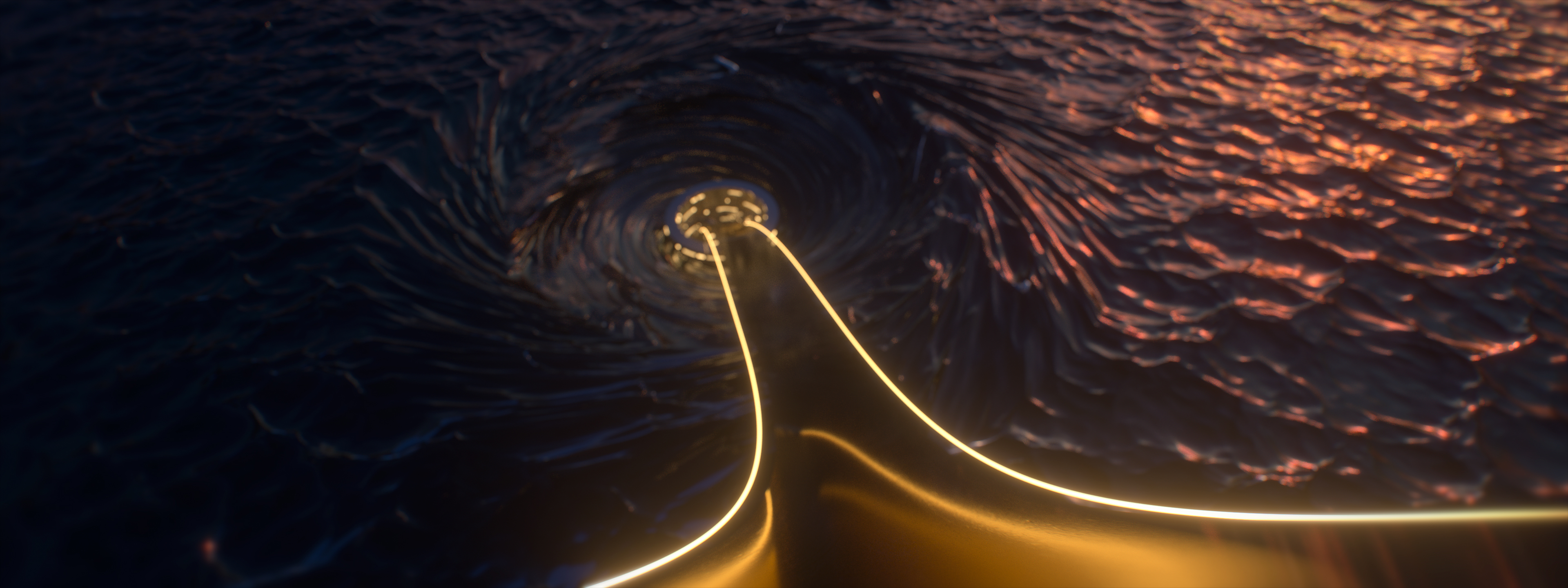
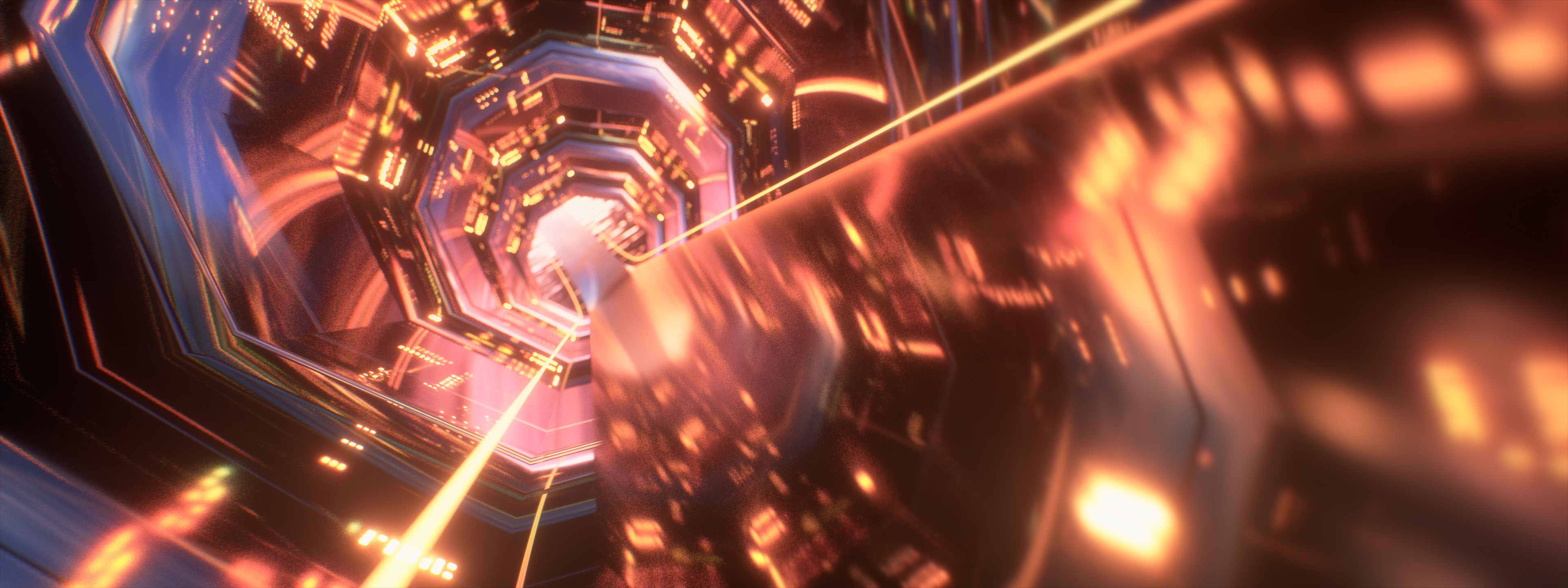

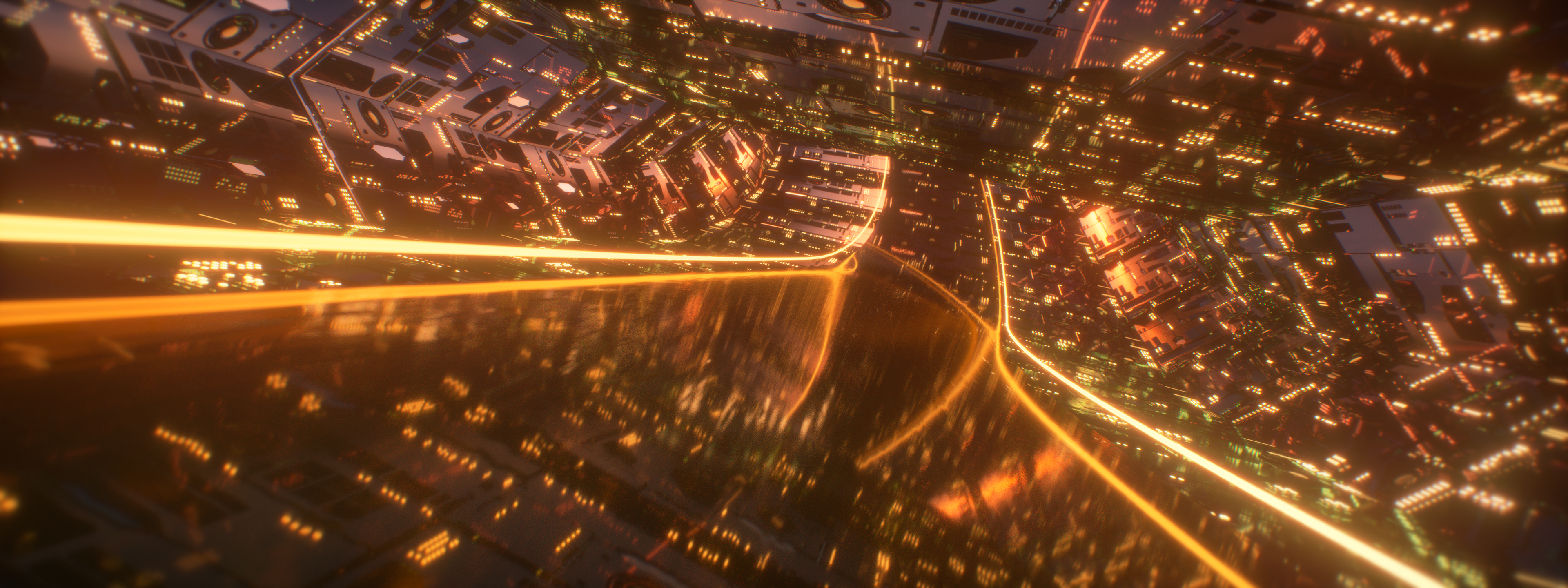
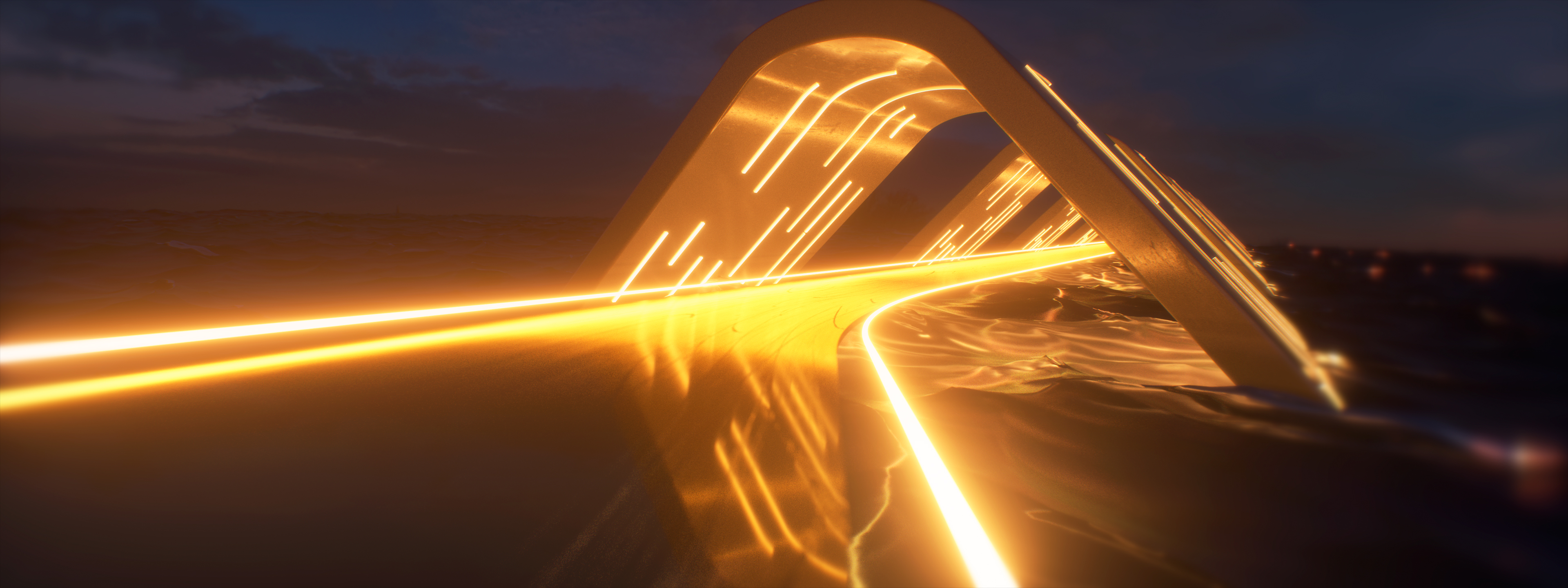
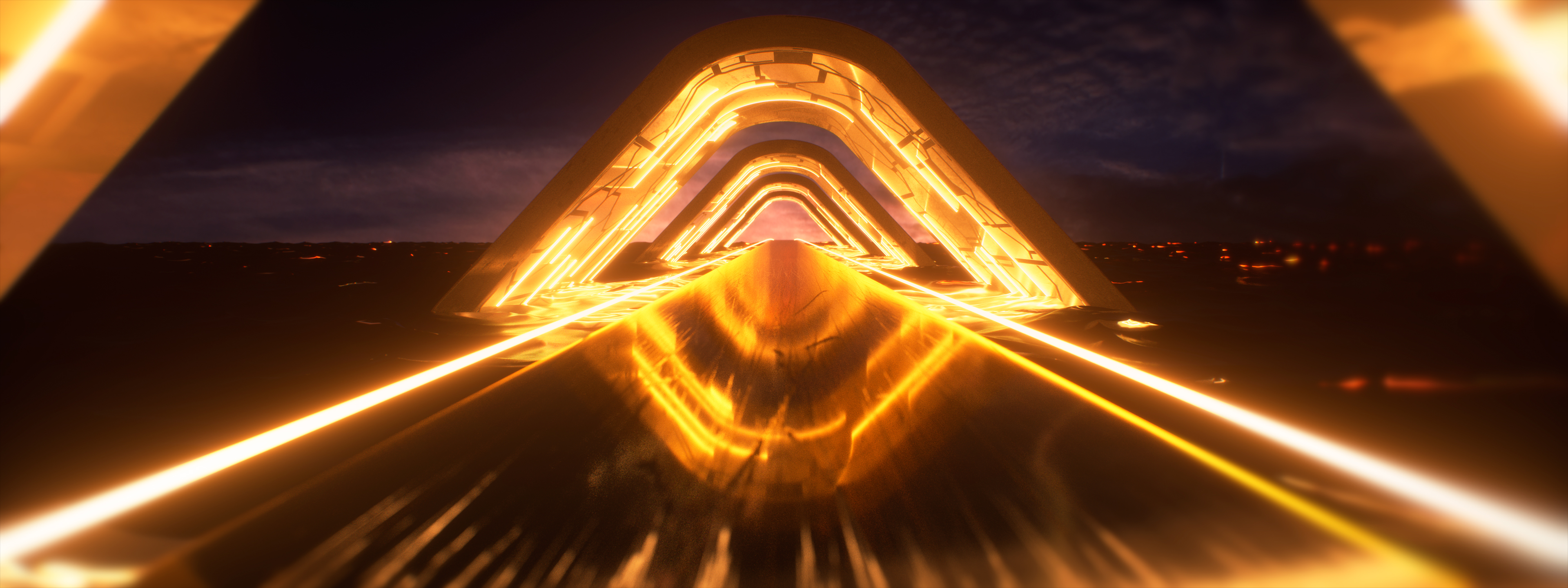
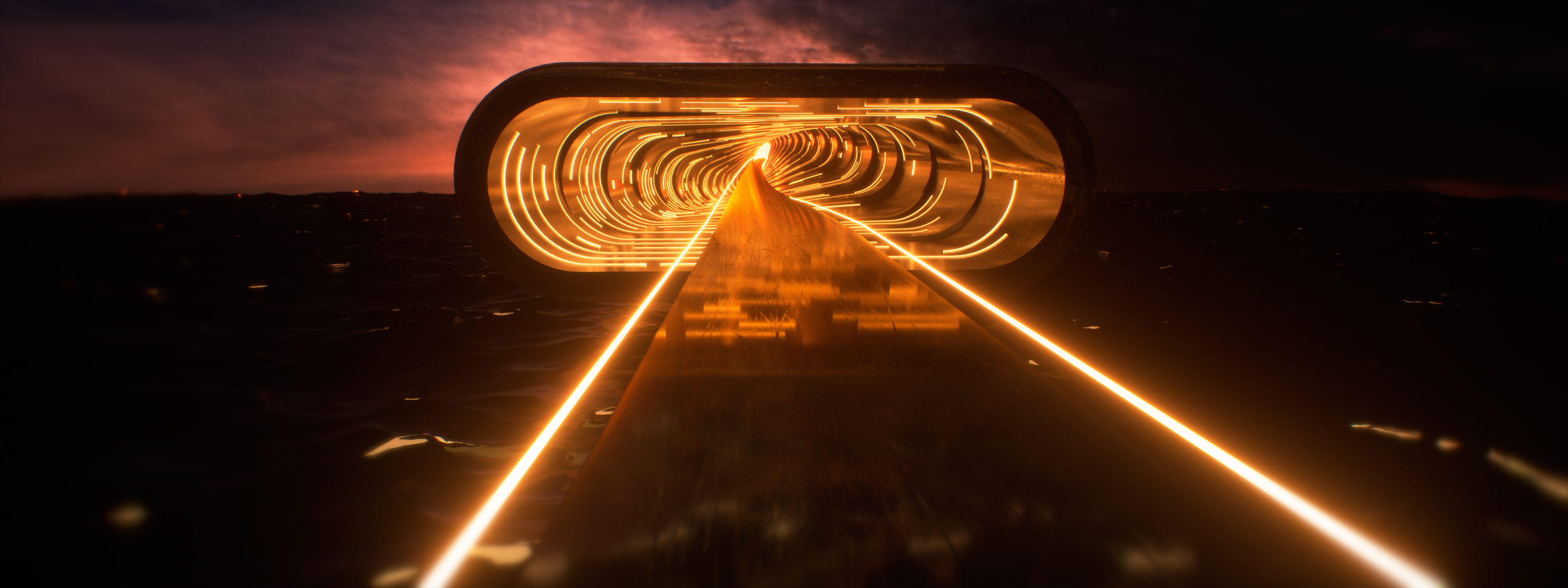
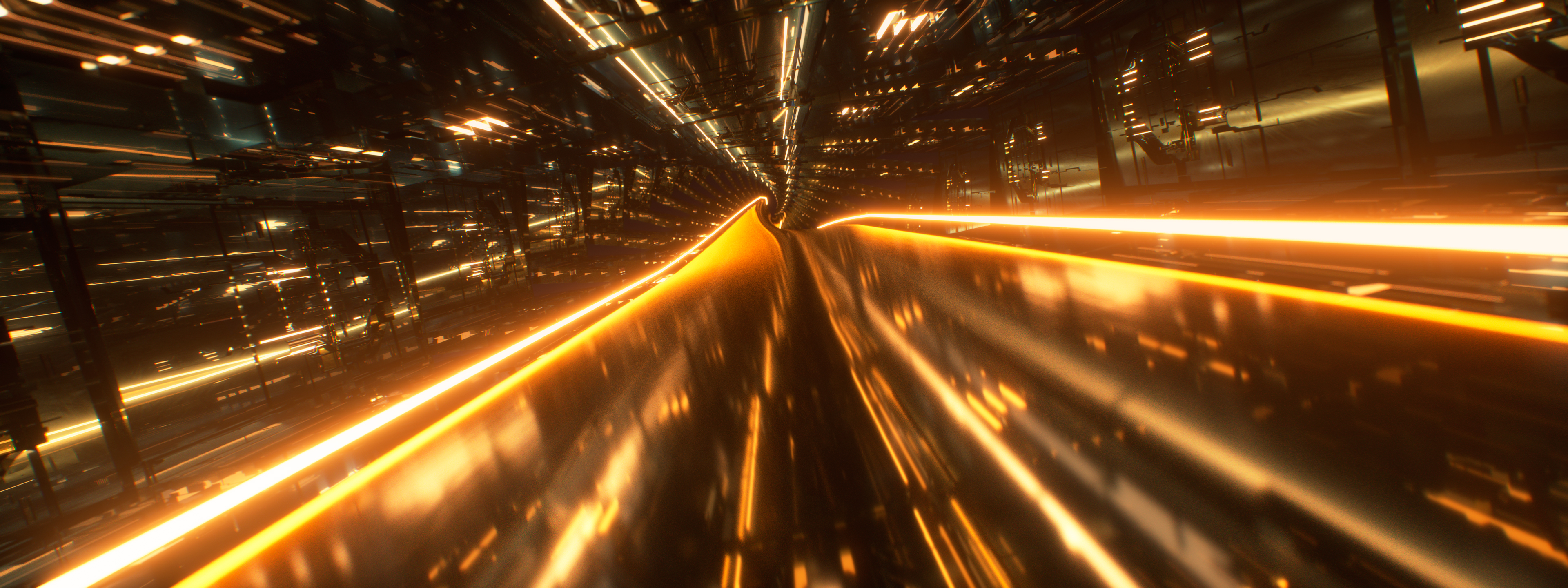
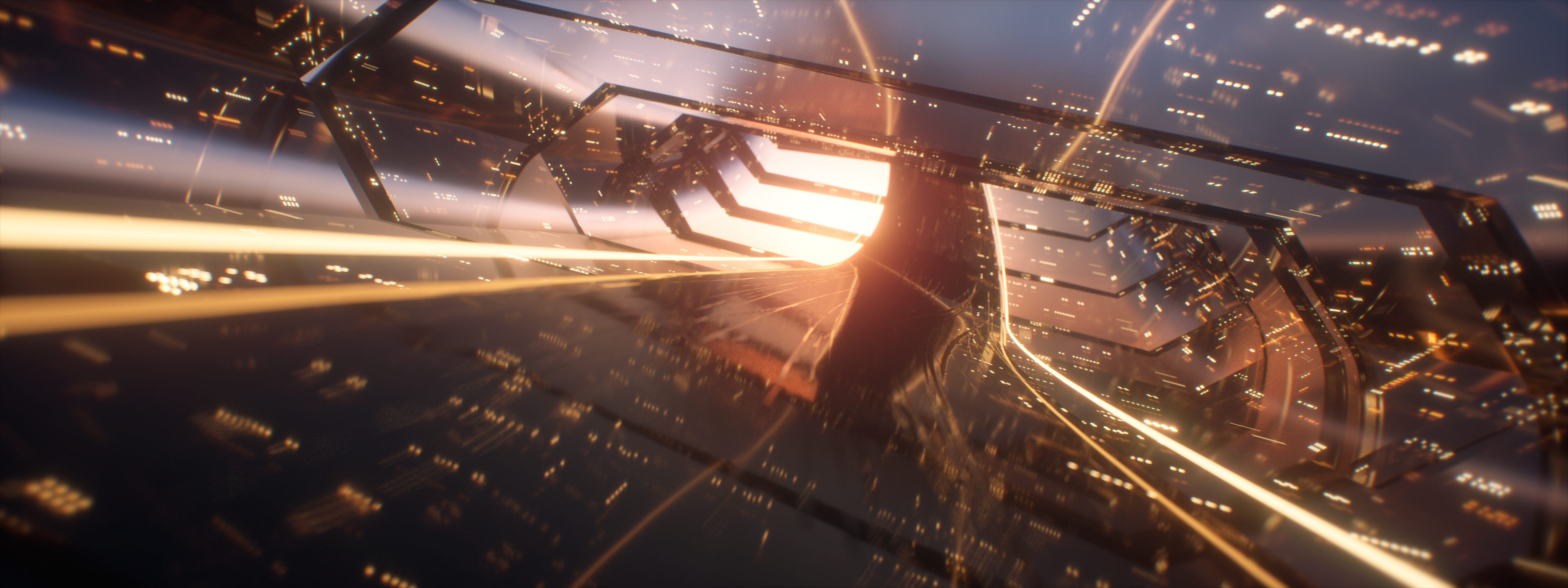
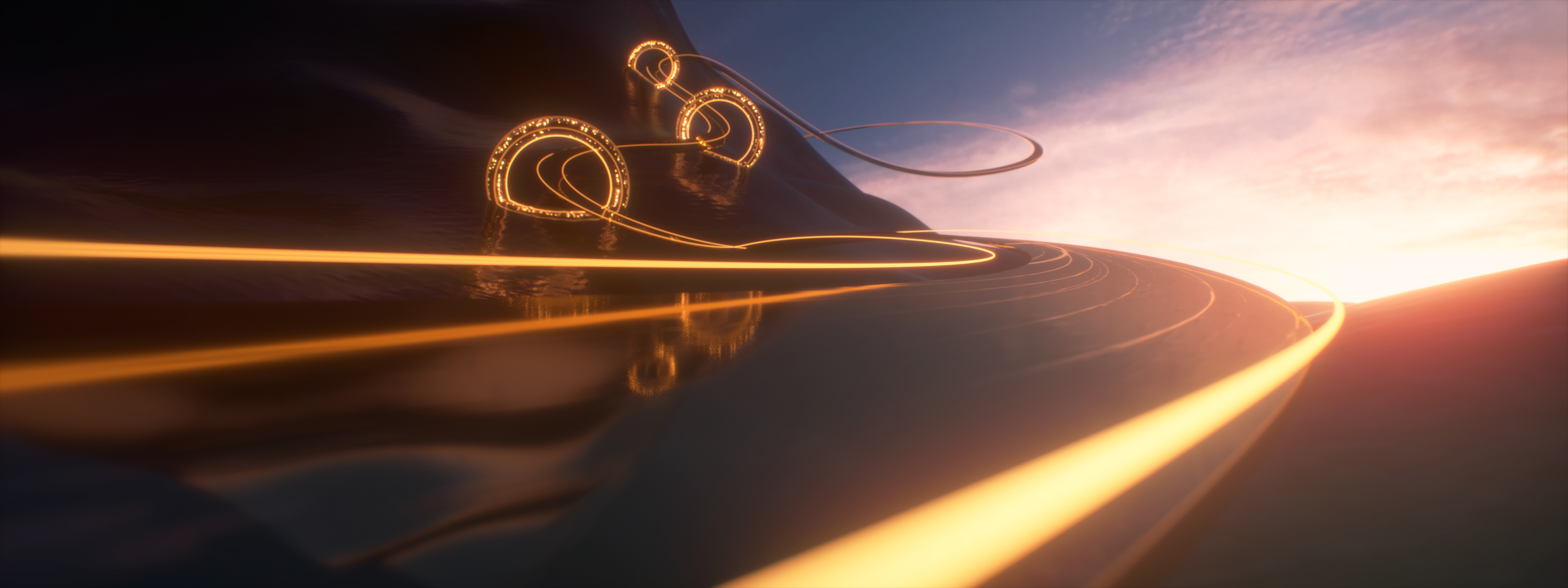

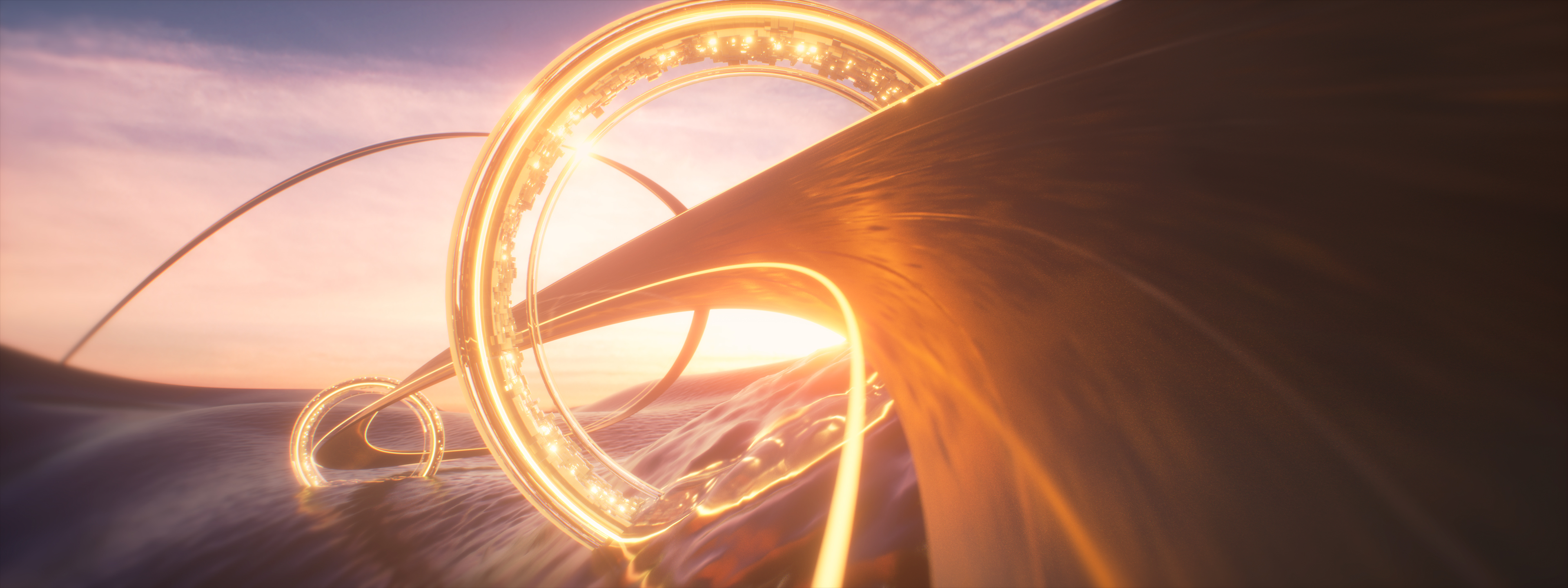


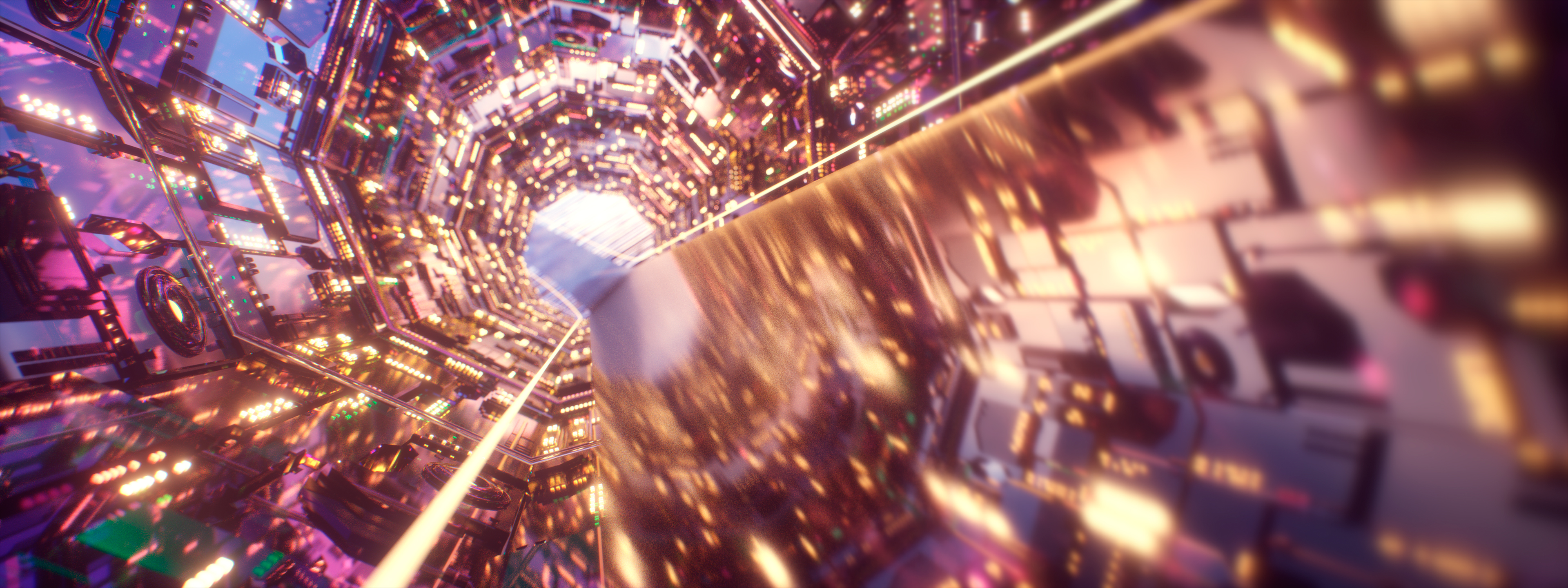
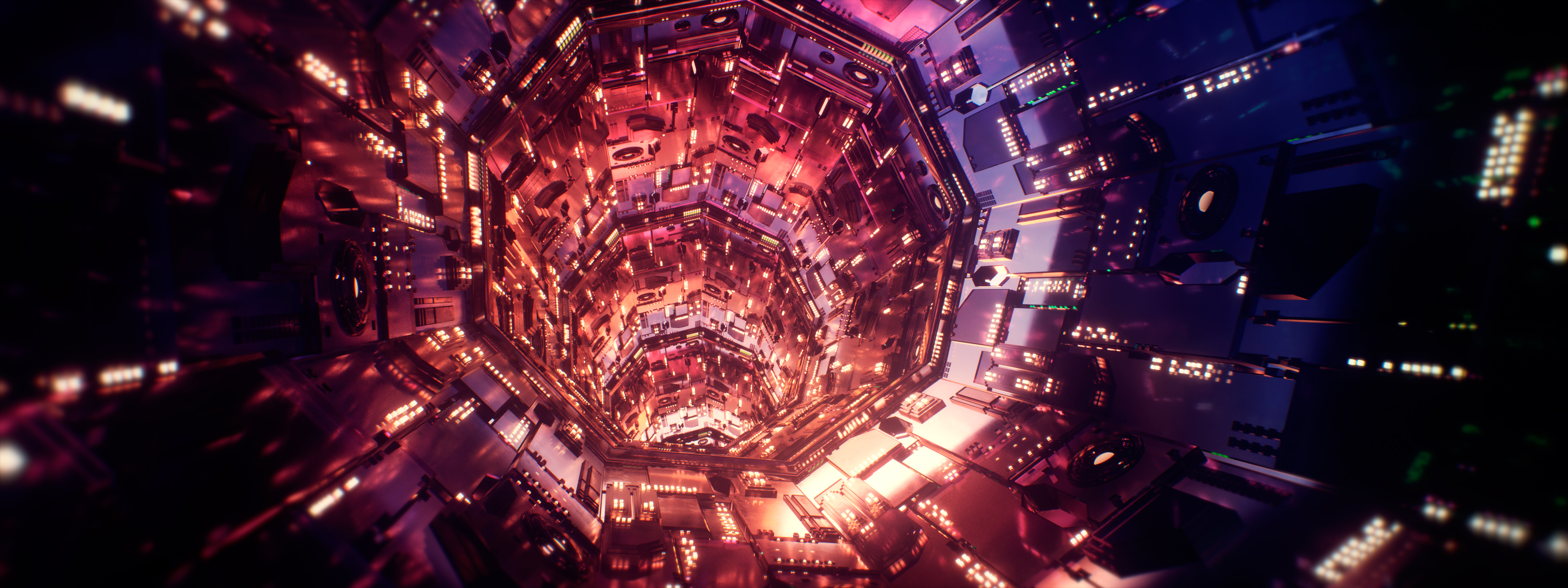
–– Designed by Conor Grebel

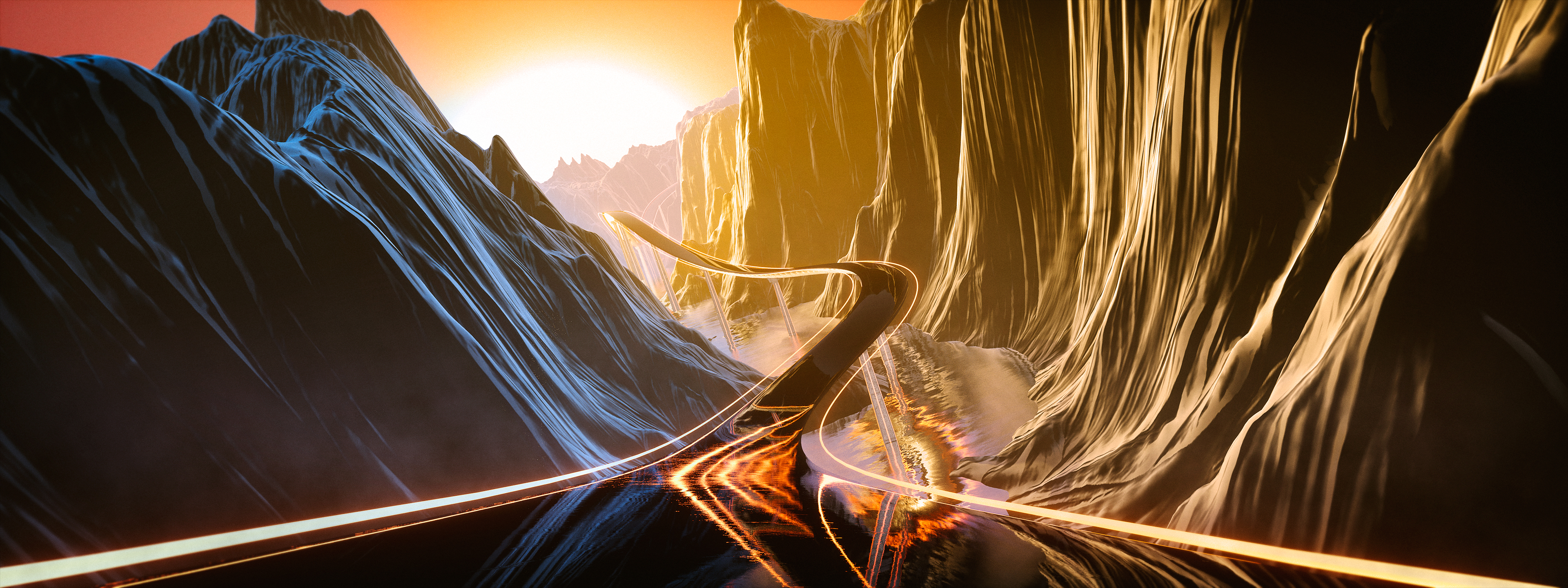
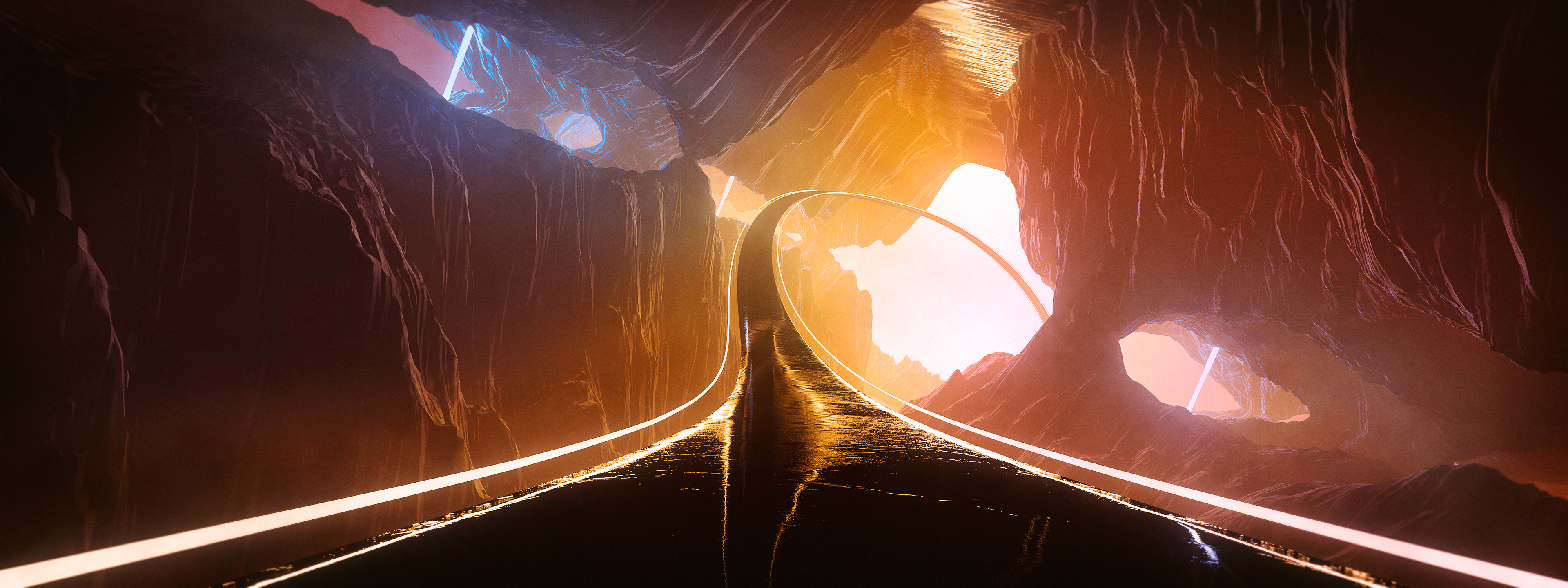
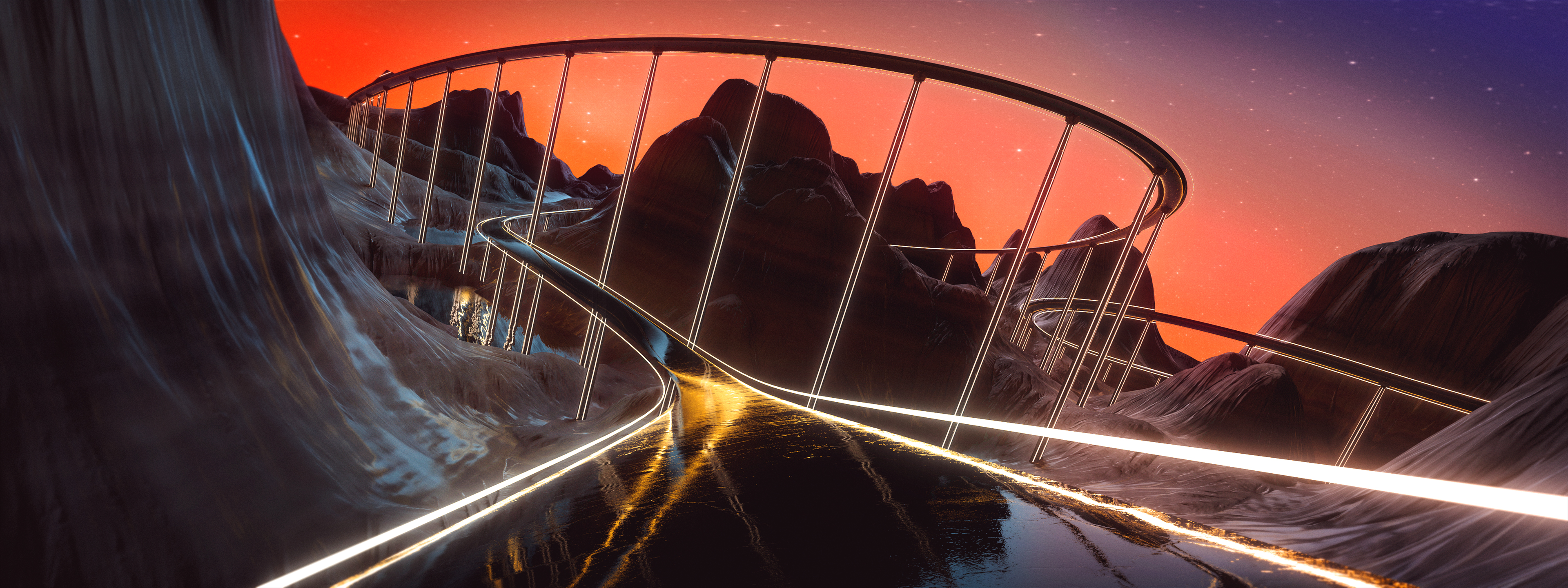
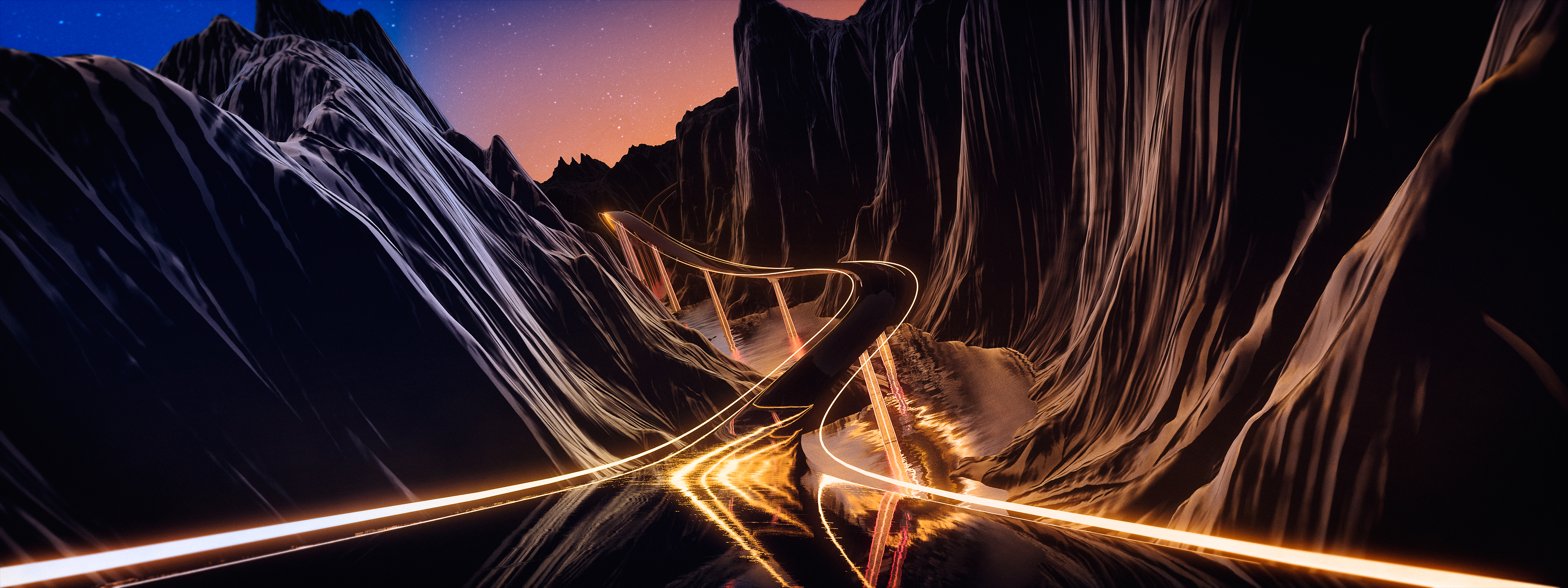
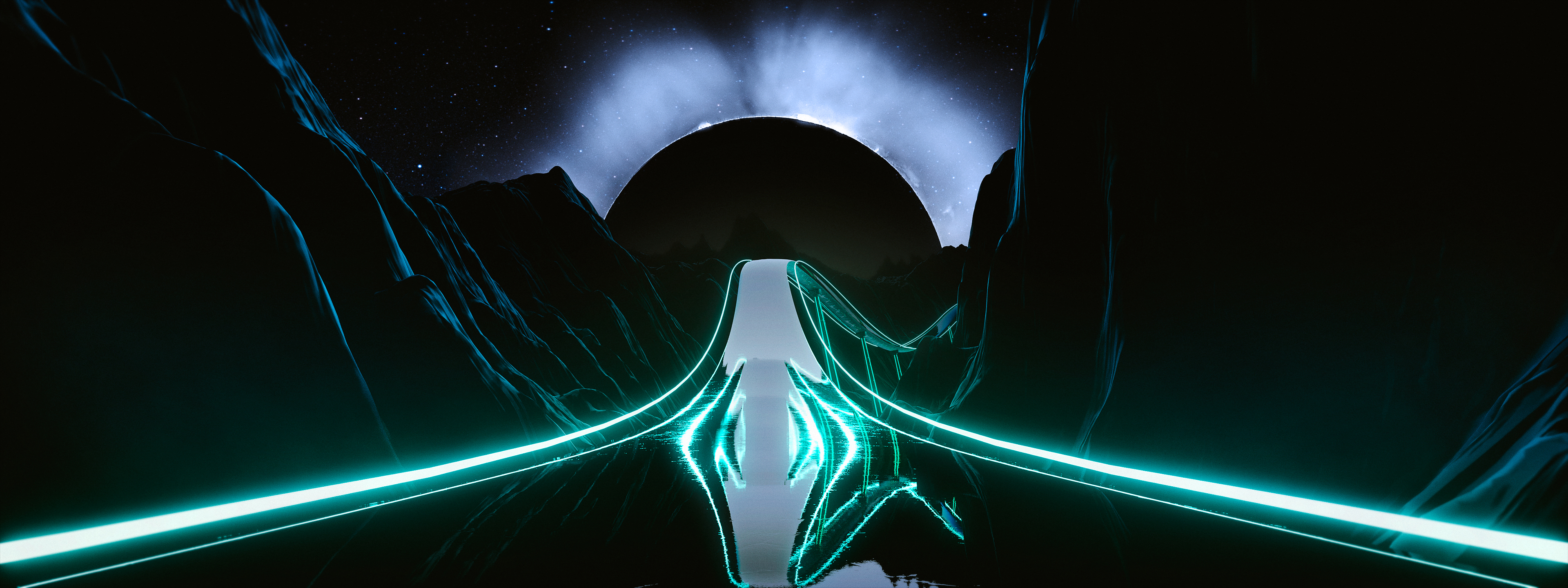


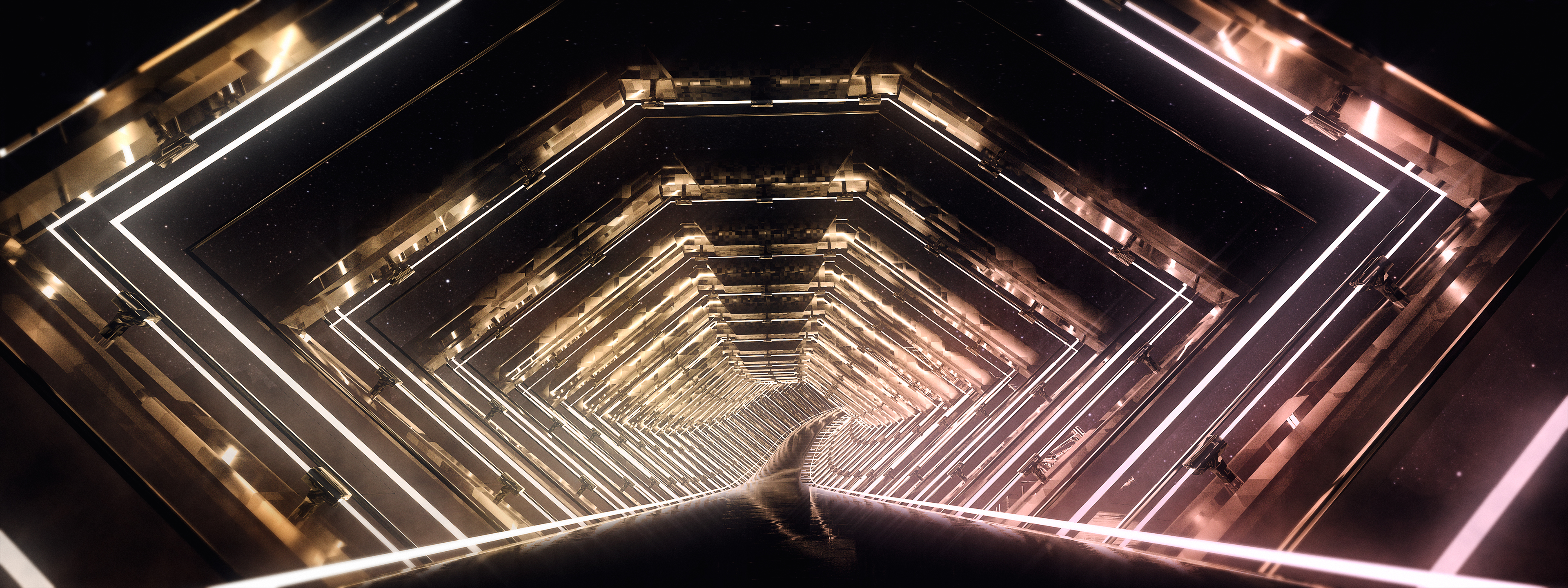
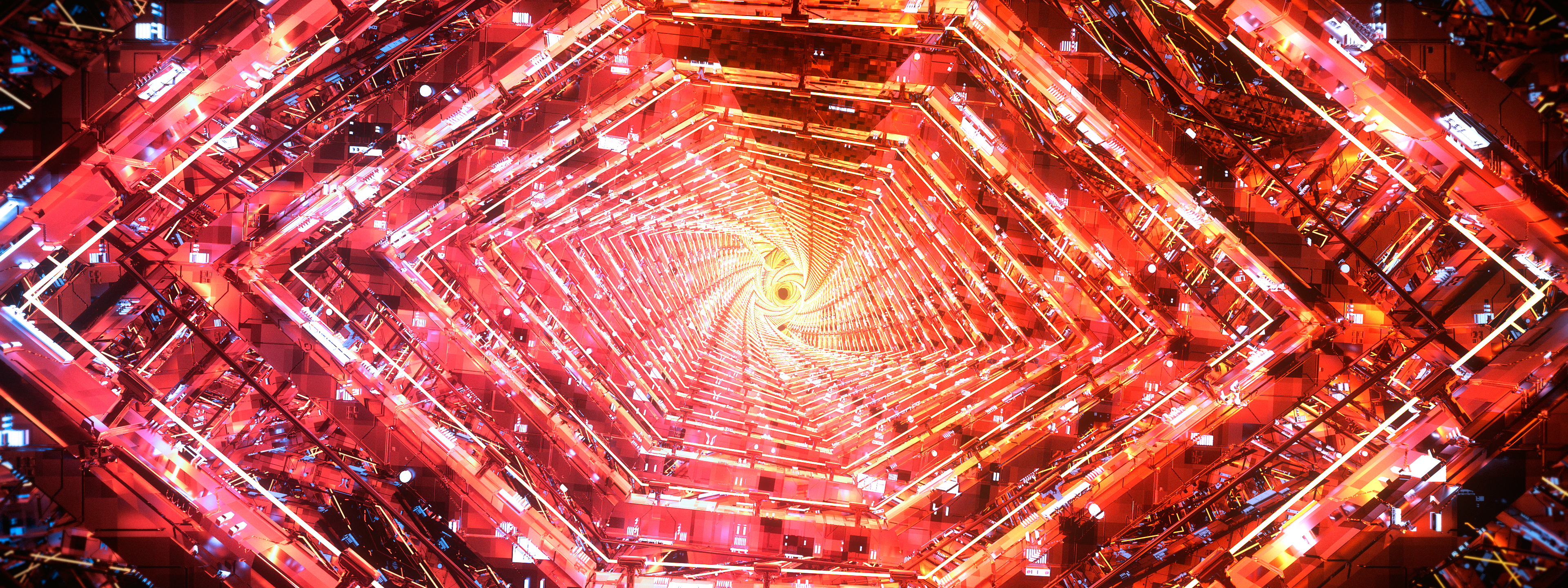

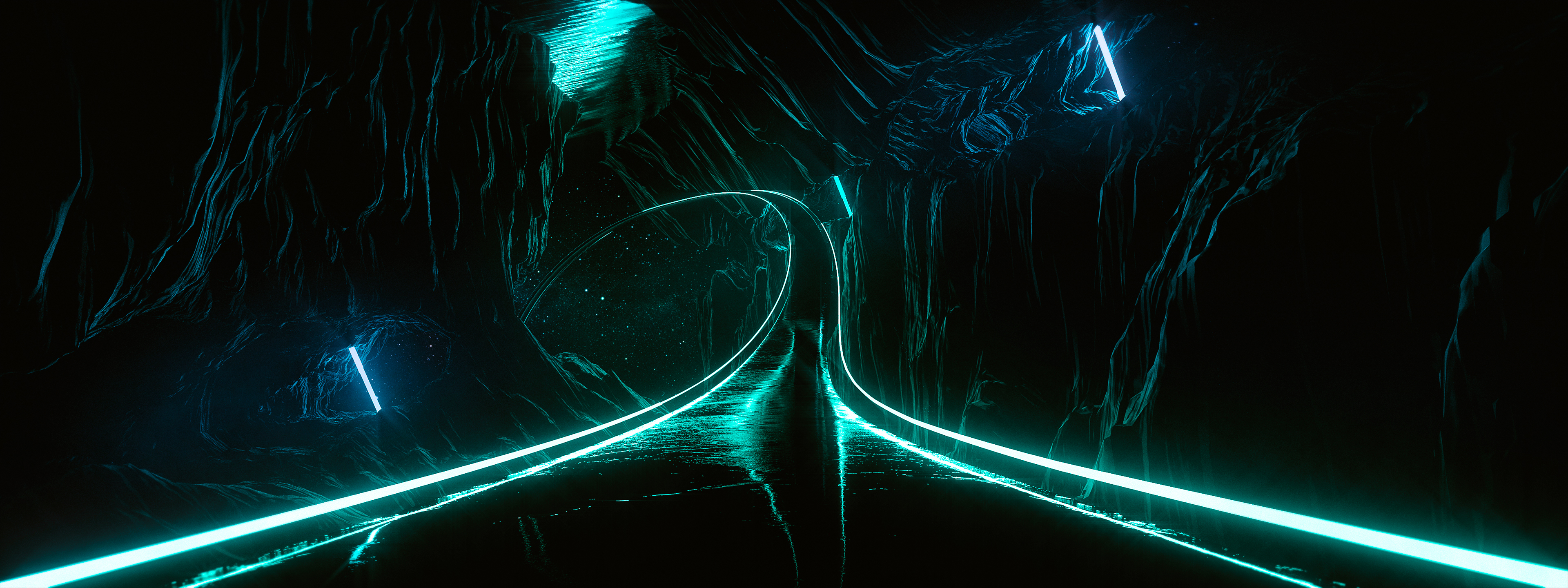
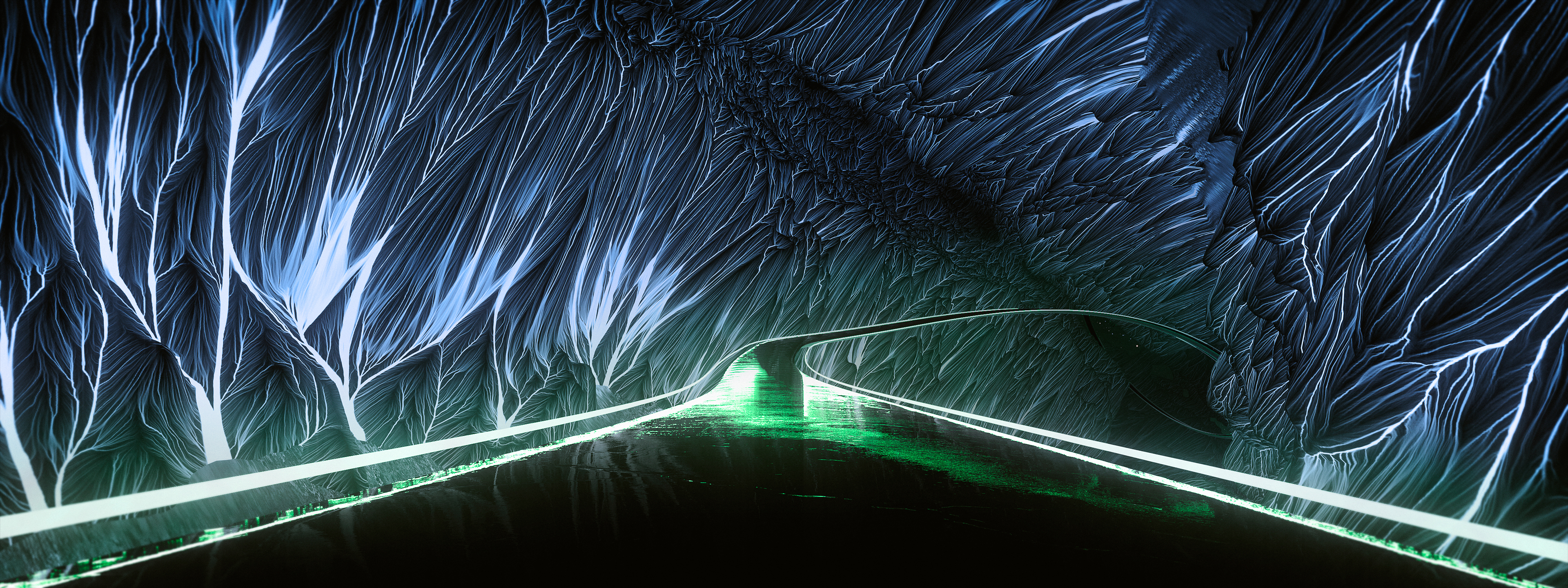
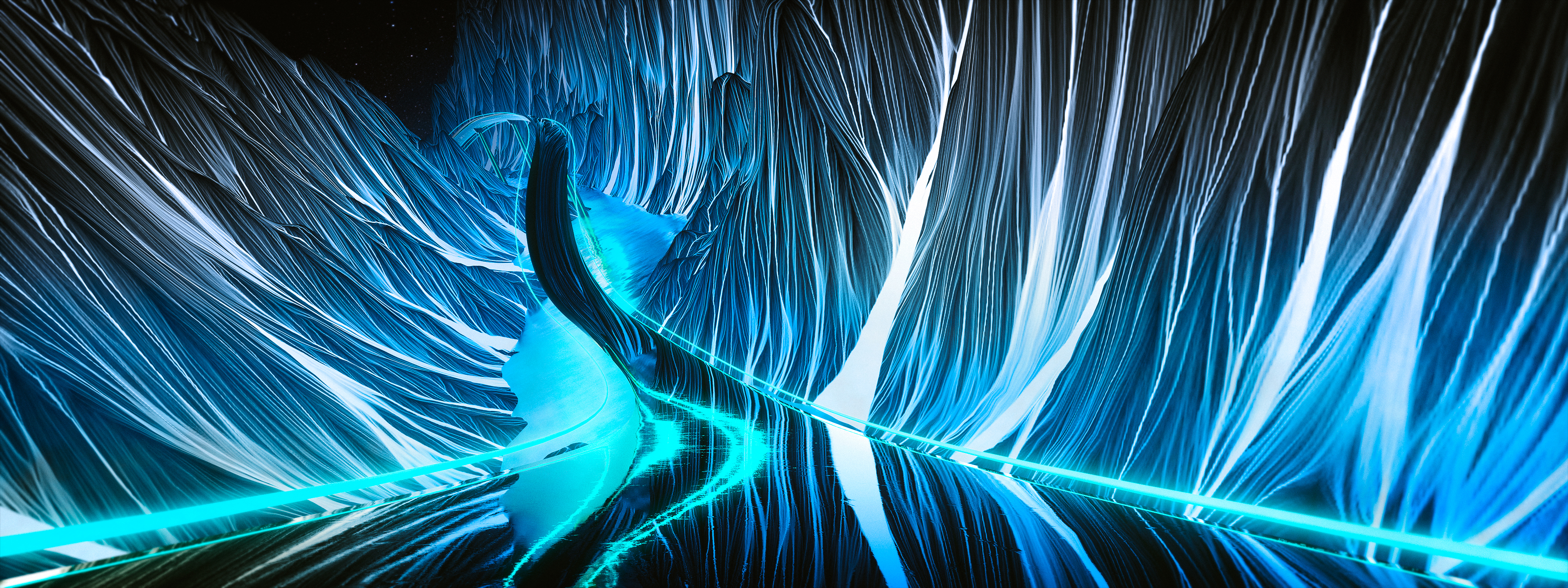
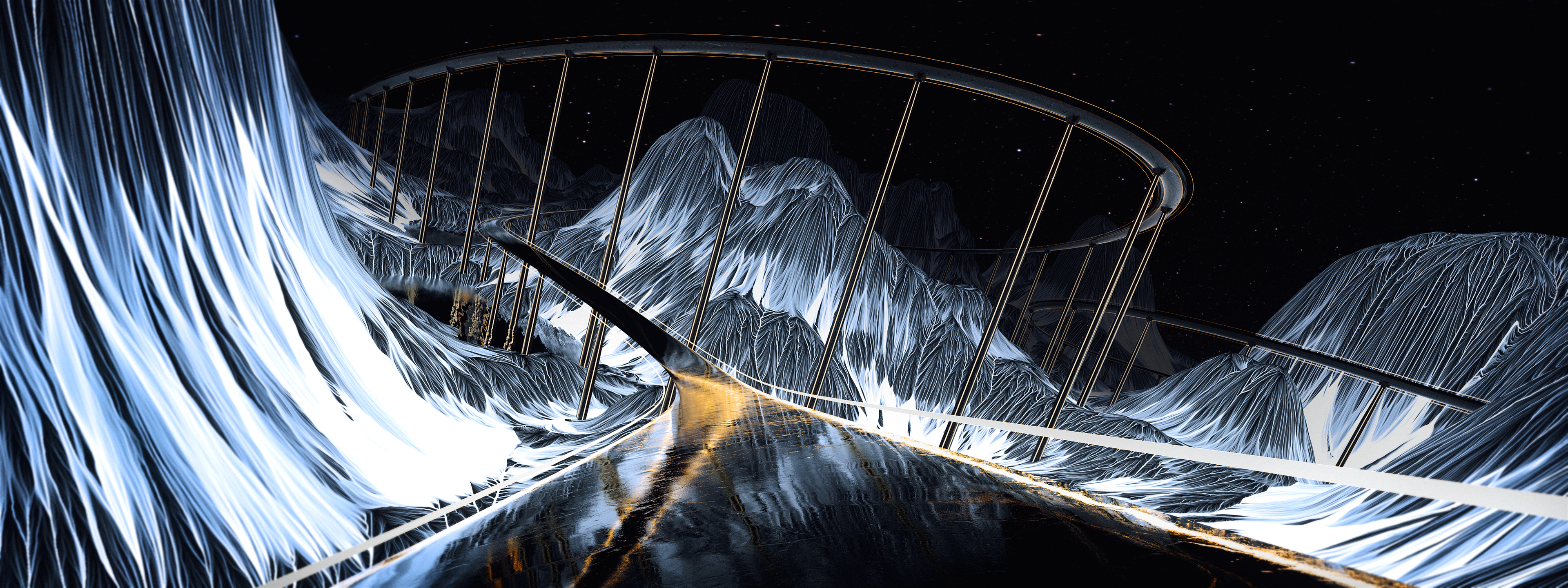

LEVEL THREE Design
–– Designed by Michael Rigley
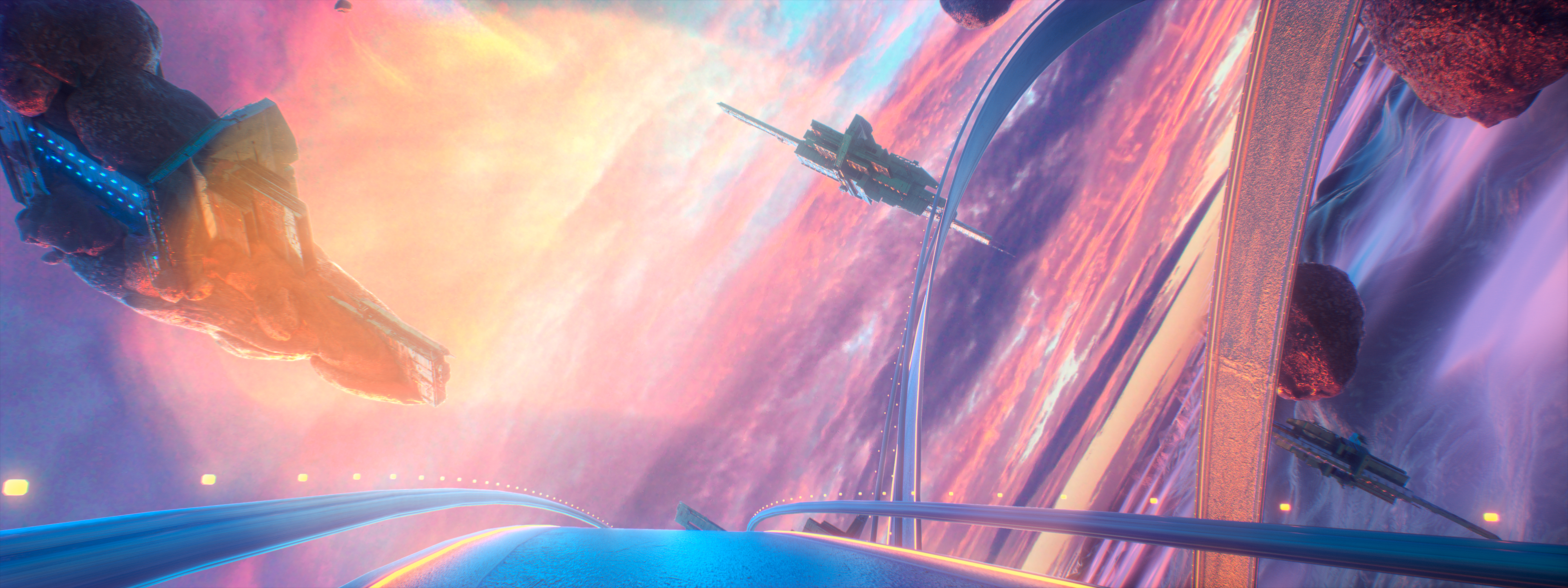

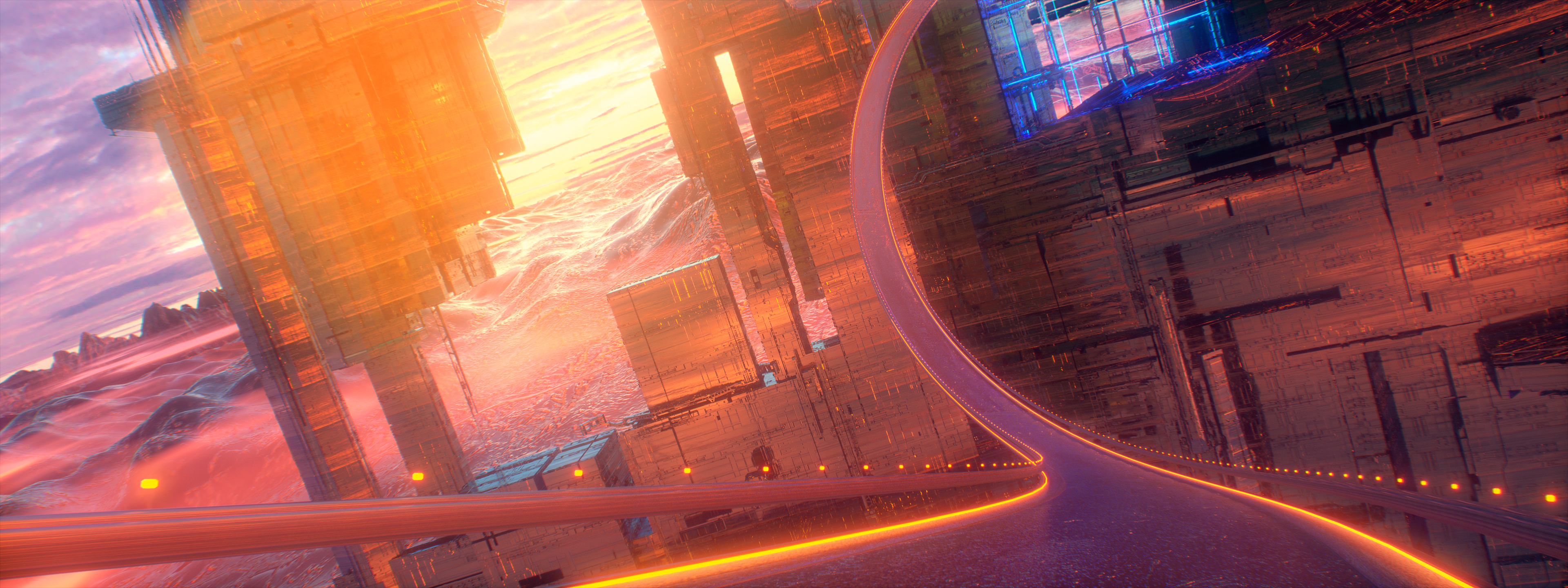

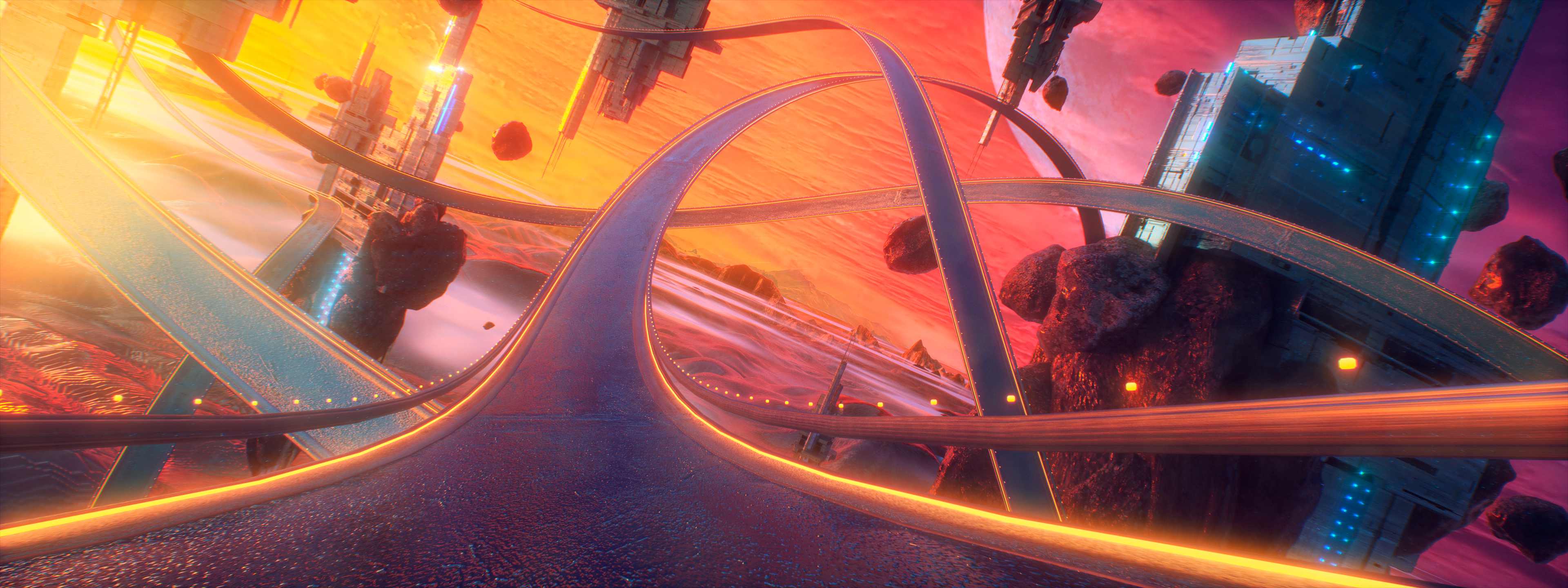

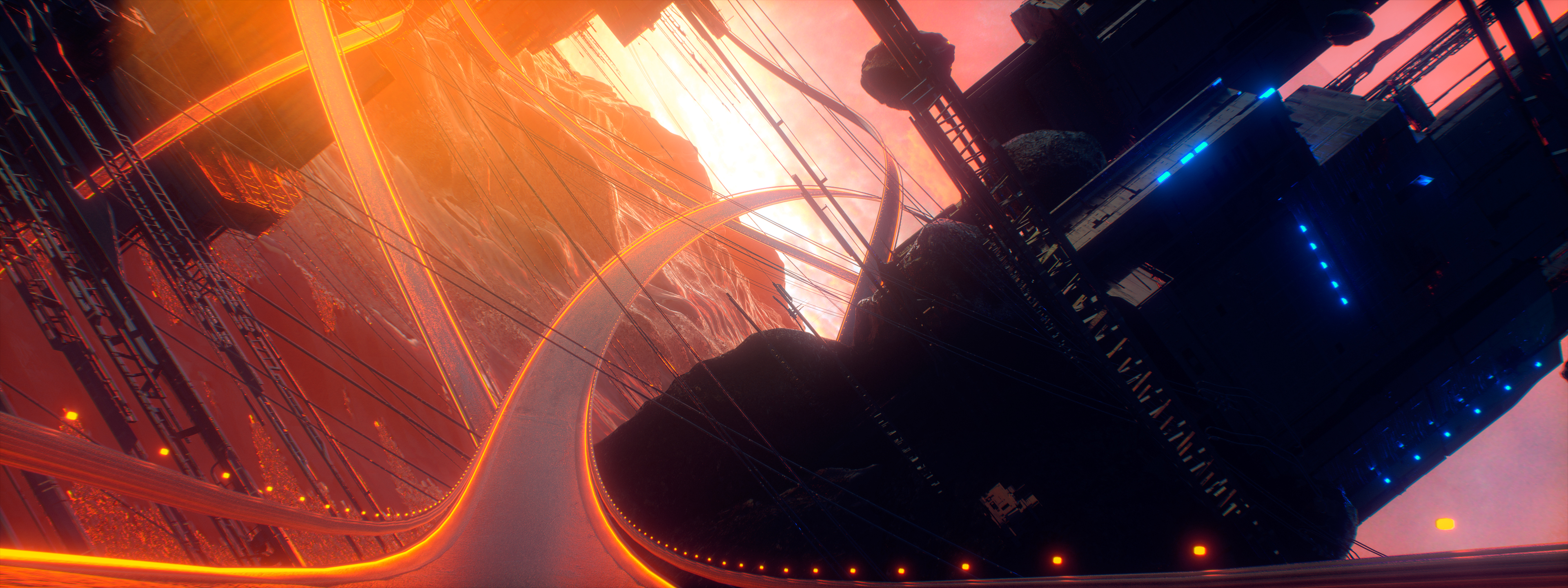
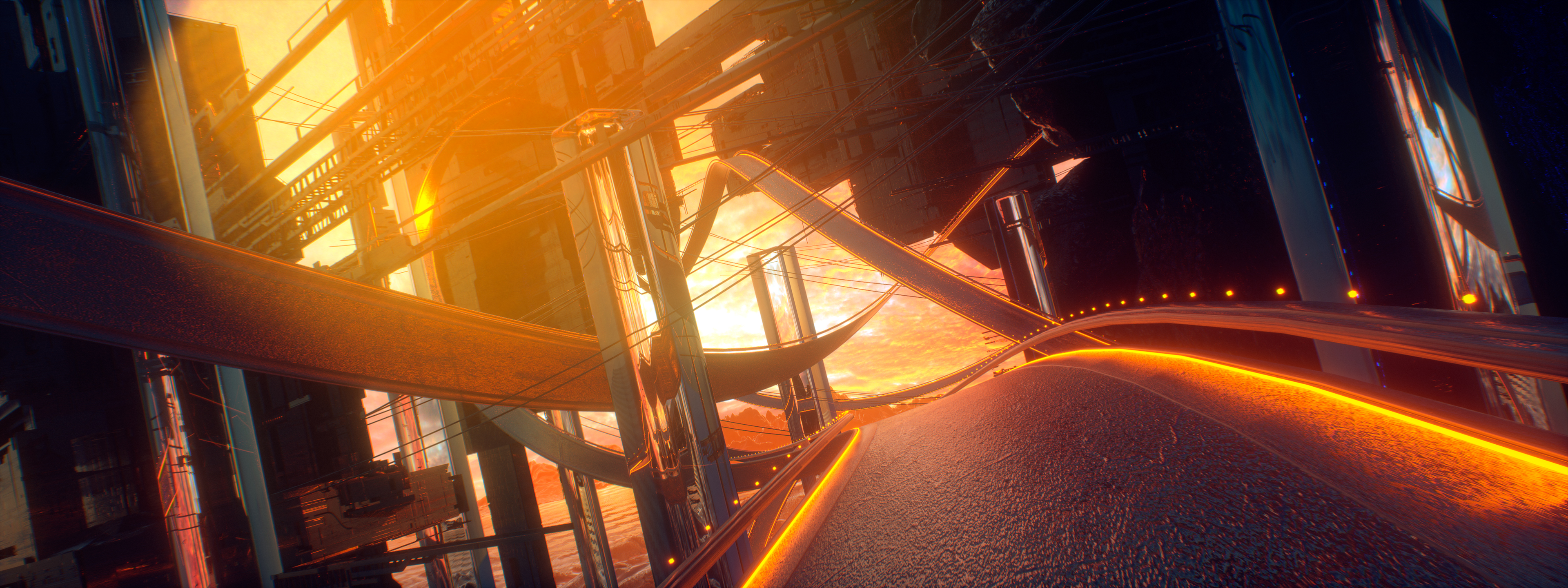



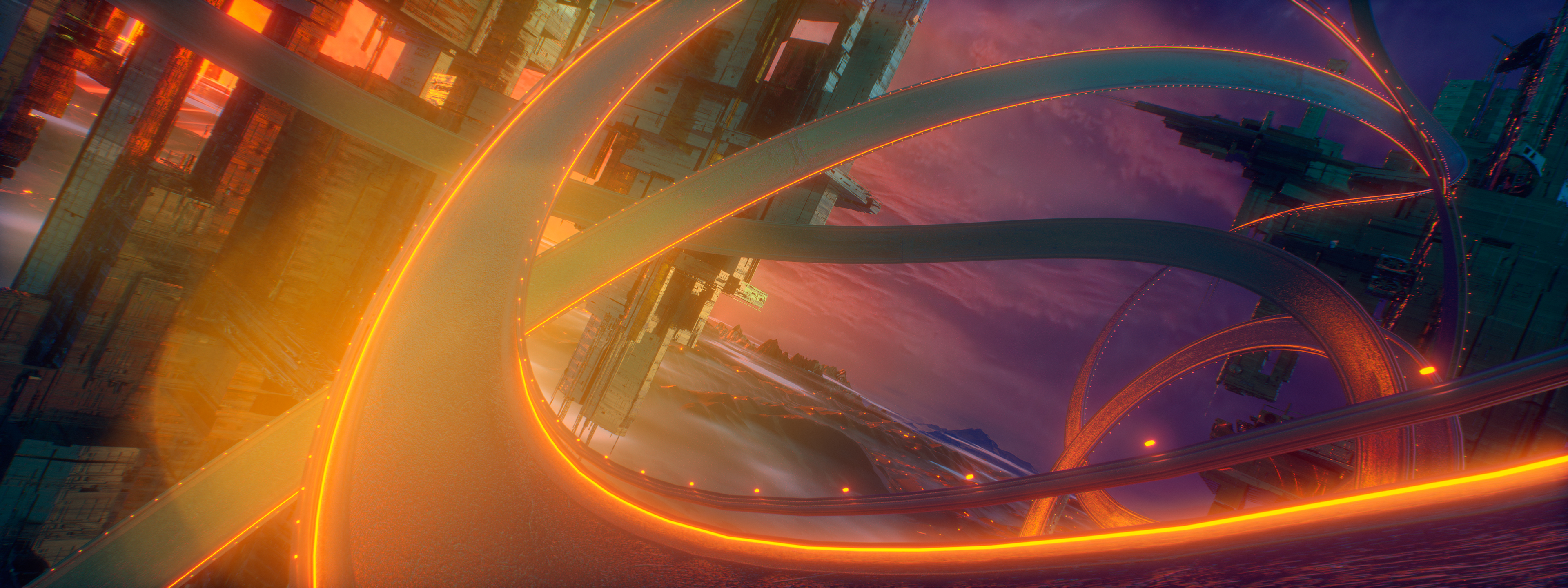

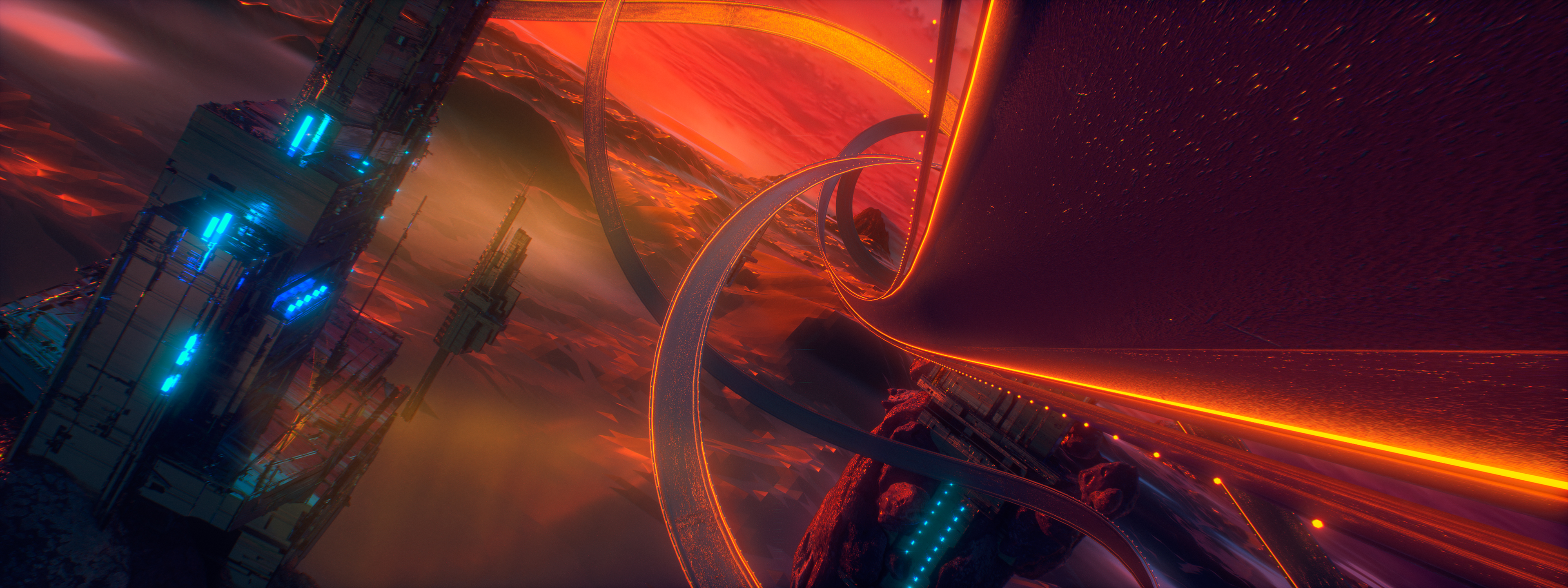


MIRROR PORTAL Design
–– Designed by Michael Rigley

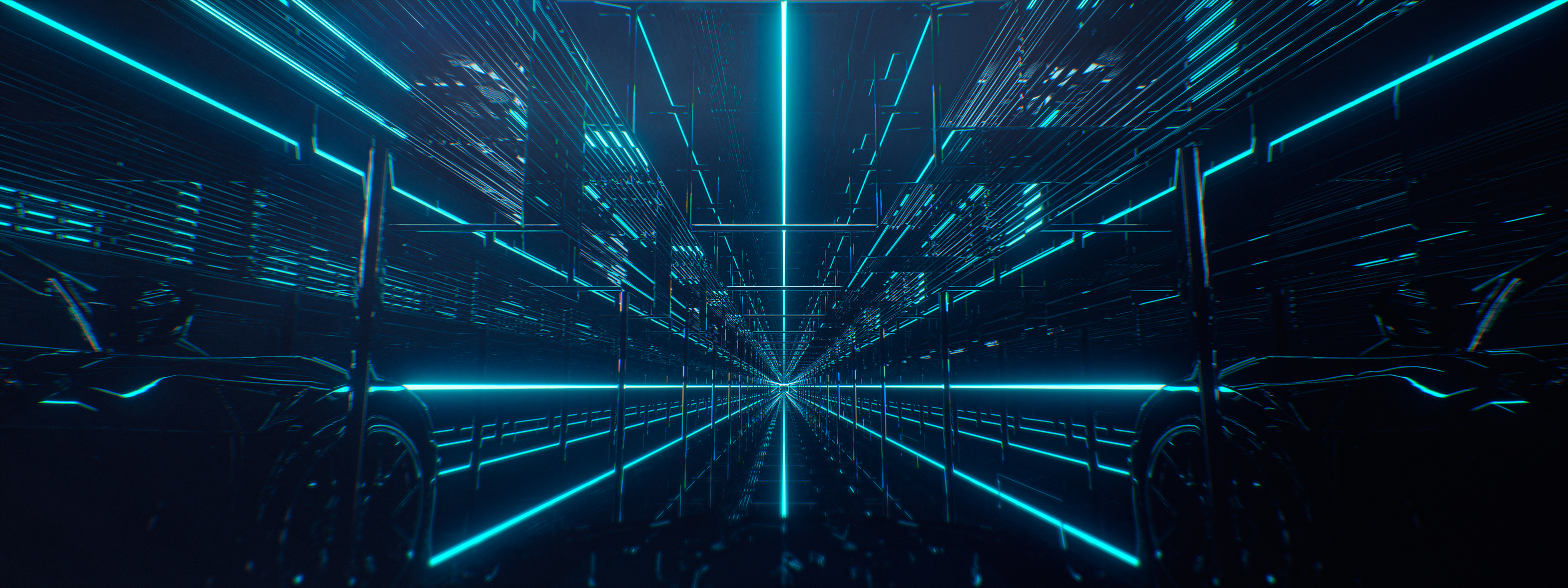

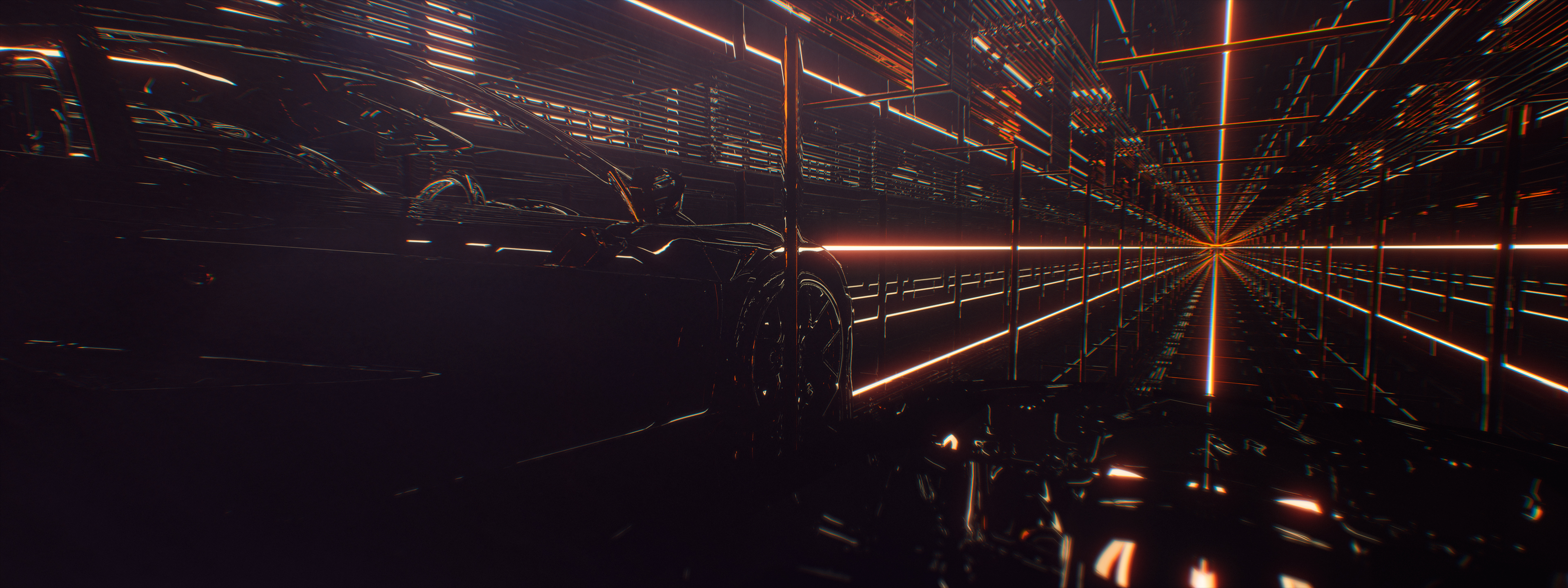
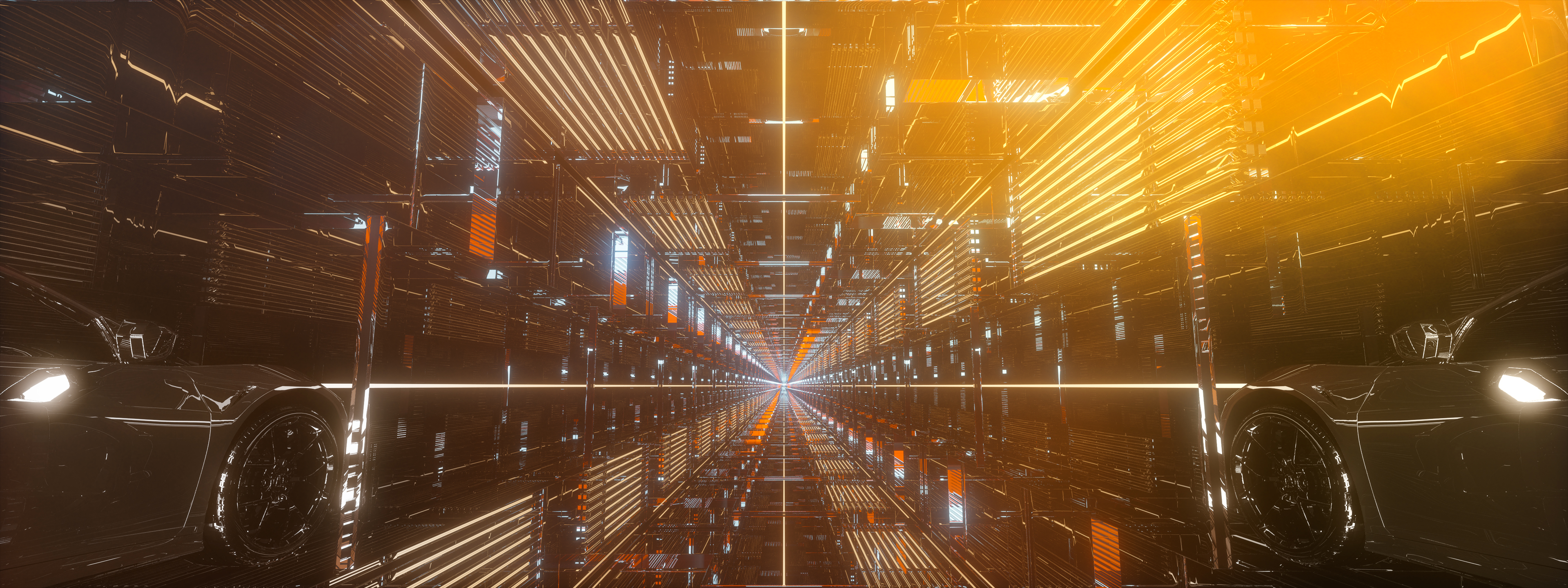
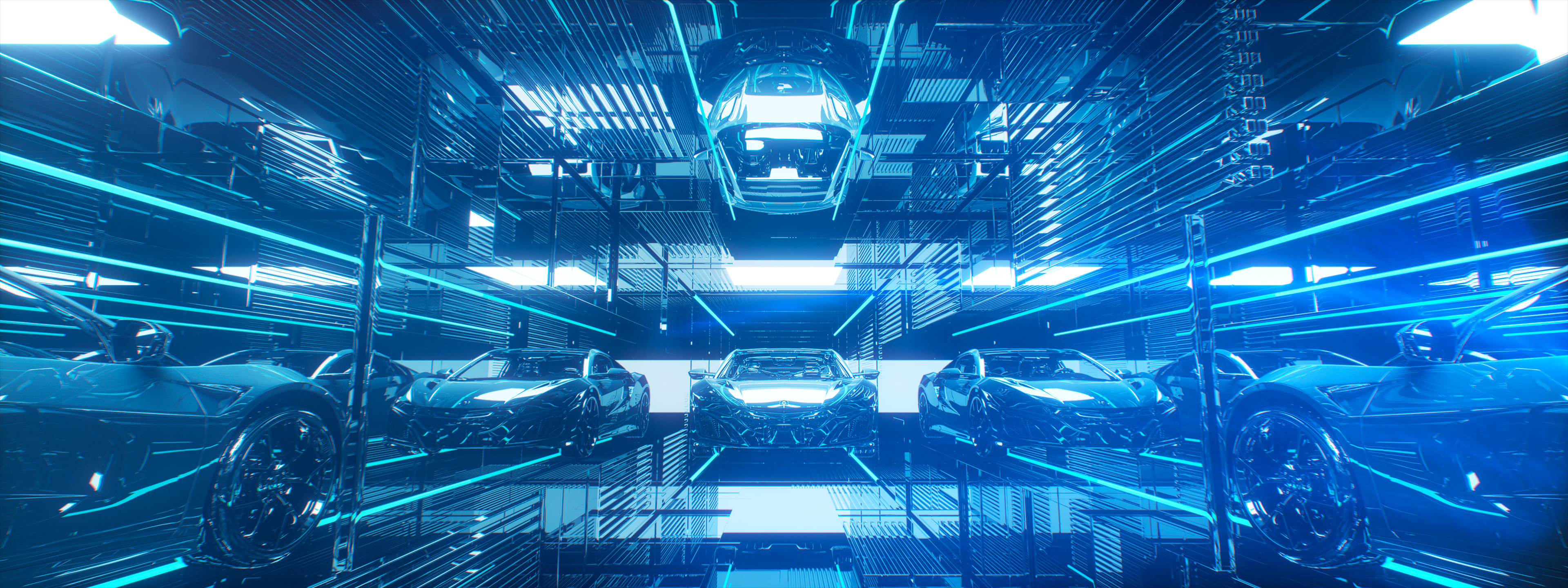
Spinifex Case Study
–– 02Acura Mood Roads Credit List
Interactive Director: Bradley G Munkowitz
Design Director: Bradley G Munkowitz
Digital Executive Producer: Dustin Califf
Executive Producer: Chris Neff
Lead Producer: Chris Kaliszewski
Level One Design / Animation: Peter Clark
Level Two Design / Animation: Christoffer Bjerre
Level Two Alt Design / Animation: Conor Grebel
Level Three Design / Animation: Michael Rigley
Level Three Animation: Sam Cividanis
Sound & Music Design: Keith Ruggiero
Interactive Director: Bradley G Munkowitz
Design Director: Bradley G Munkowitz
Digital Executive Producer: Dustin Califf
Executive Producer: Chris Neff
Lead Producer: Chris Kaliszewski
Level One Design / Animation: Peter Clark
Level Two Design / Animation: Christoffer Bjerre
Level Two Alt Design / Animation: Conor Grebel
Level Three Design / Animation: Michael Rigley
Level Three Animation: Sam Cividanis
Sound & Music Design: Keith Ruggiero

